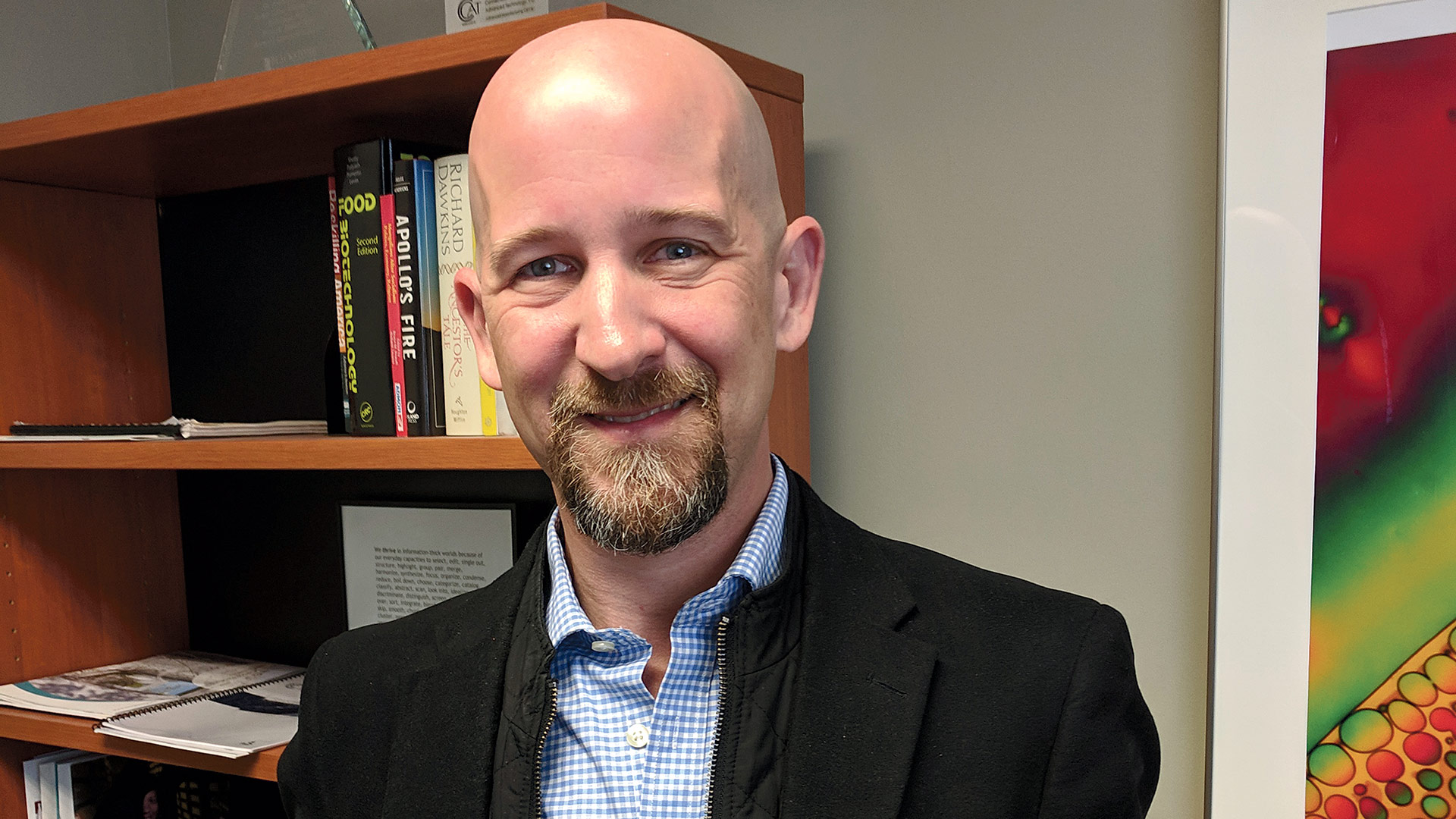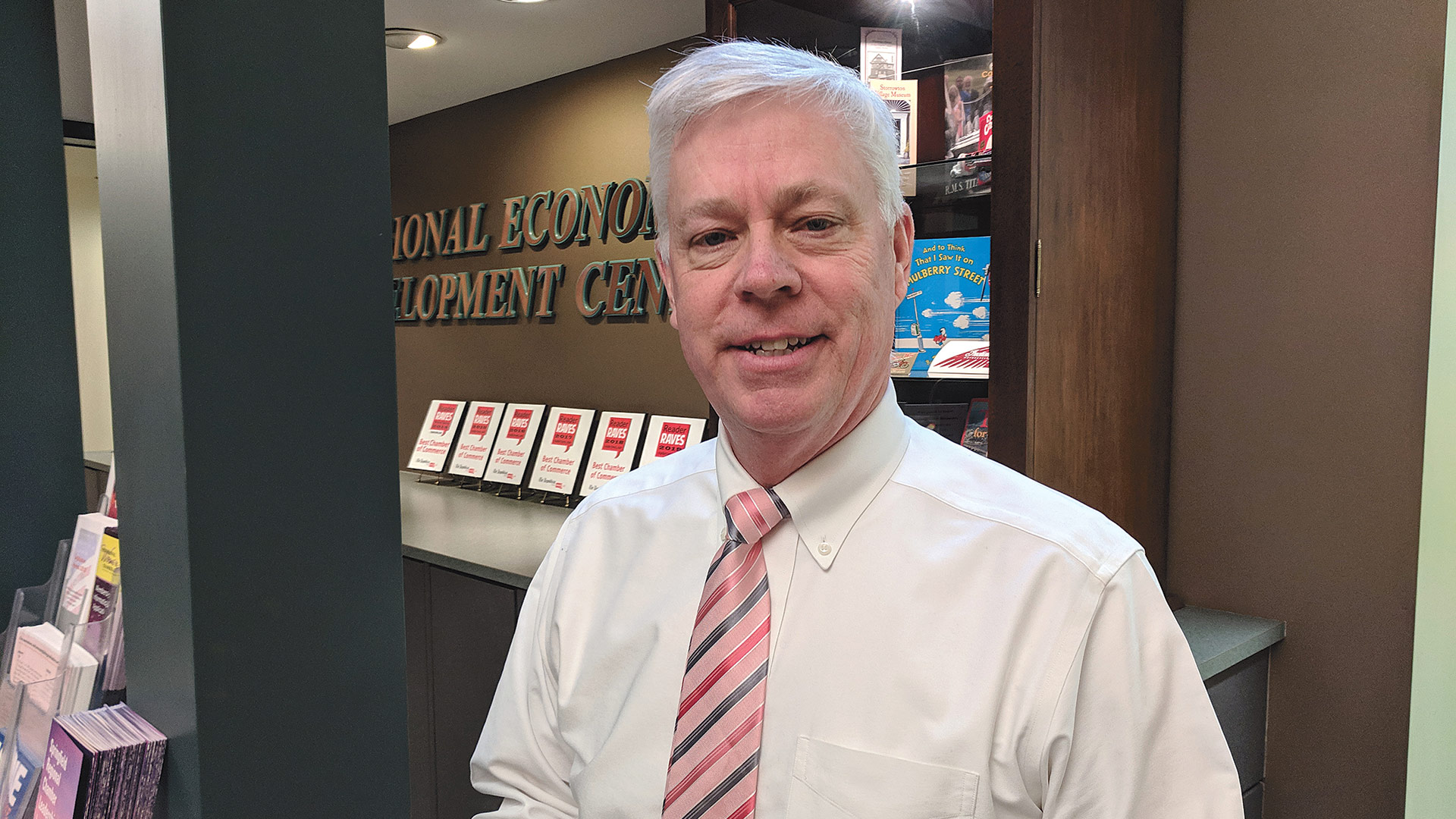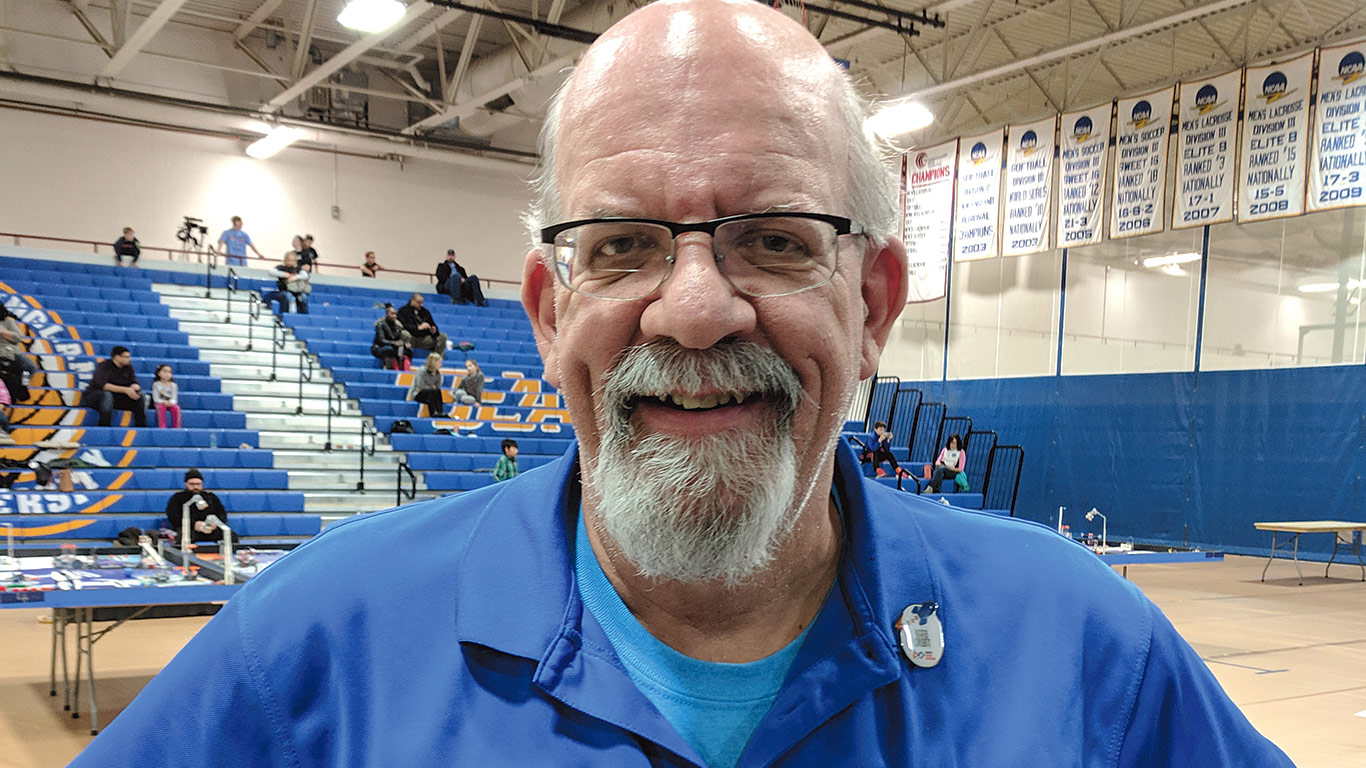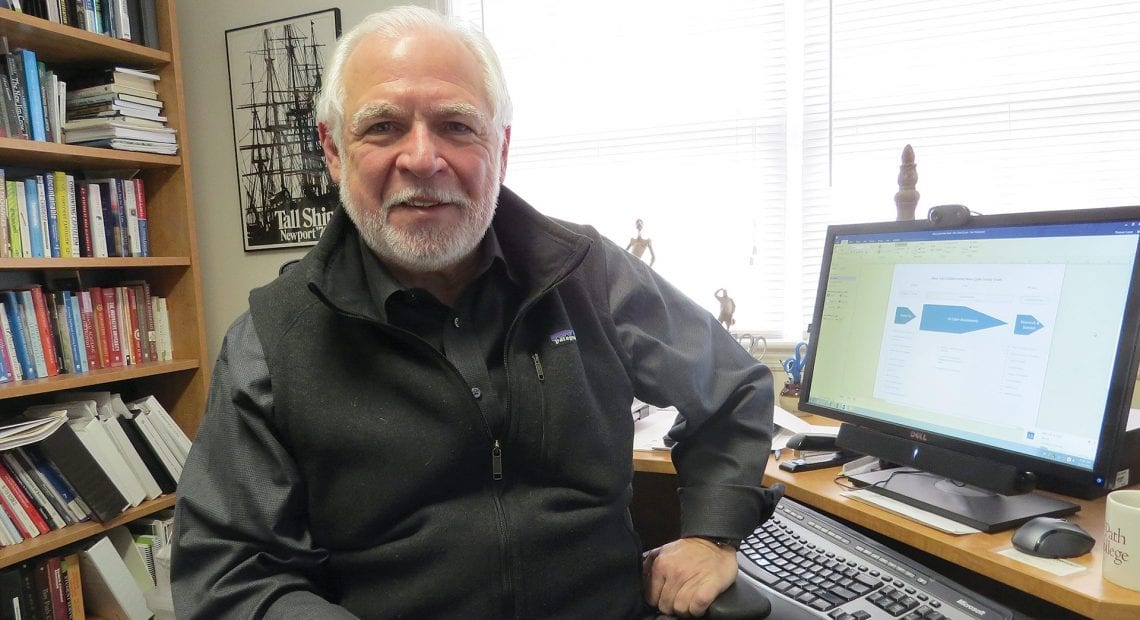A Critical Gap

Margaret Tantillo clearly remembers — honestly, who doesn’t? — the day Gov. Charlie Baker started shutting down the economy a year ago this month.
As the executive director of Dress for Success Western Massachusetts, an organization dedicated to the economic empowerment of women, she started calling participants in the days that followed, asking what issues they were having. One that kept coming up was access to the internet.
“If people are not connected, they’re going to be left behind in terms of being able to participate in the workforce,” Tantillo said.
So, identifying digital equity as connectivity, access to equipment, and the knowledge and ability to use software, Dress for Success enlisted a group of volunteers to form a digital task force, providing one-on-one coaching for about 40 women and providing more than 250 hours on the phone coaching.
“For the most part, we’re helping people operate on Zoom so they can participate in training and apply for jobs and interview virtually,” she said — just one way internet connectivity is a lifeline for people in these times.
Or, conversely, how lack of it can have a crushing impact.
It’s an issue that has received more attention during the pandemic, as tens of millions of Americans have struggled with remote learning, telehealth, and the ability to work from home because they lack access to fast, reliable internet service.
This ‘digital divide,’ as its commonly known, is not a new phenomenon, but the way COVID-19 has laid bare the problem is forcing lawmakers and others to see it in a new light.
“There are still communities in Western Mass. that don’t have high-speed internet access, or internet at all,” said state Sen. Eric Lesser, who has long championed this cause. “Frankly, in the year 2021, that’s a national embarrassment.”
State leaders haven’t ignored the issue, including tens of millions of dollars for infrastructure in bond authorizations over multiple budgets and economic-development bills, Lesser said, and Gov. Baker has set a goal to reach every community.

State Sen. Eric Lesser calls the lack of connectivity in some Bay State towns “a national embarrassment.”
“But, frankly, the fact that we have communities that don’t have broadband internet access raises very profound questions about how a high-tech state like Massachusetts, in this day and age, can allow that to happen.”
As president and CEO of the Western Massachusetts Economic Development Council, Rick Sullivan said the EDC has long taken the position — even before COVID-19 made it a more pressing issue — that the state needs to bring internet connectivity into every city and town. He noted that Gov. Deval Patrick’s administration started building the backbone, and the Baker administration has been diligent in making sure communities get financing to execute plans to bring broadband to their residents.
“For a lot of the smaller communities, that is probably the single biggest opportunity they have for economic development in the region,” Sullivan said. “People can choose to work from home, but they need to have the access that helps people choose to live in those communities, and it makes it easier to sell your properties, and that increases values in small towns.”
But even large cities have a digital divide, he added, which has been exposed to a greater extent by COVID-19.
Tantillo noted that, according to Census data from last year, 31% of households in Springfield have no internet access, and 37% don’t even have a computer. That means no remote work, no remote education, no telehealth, no … well, the list goes on.
These digital-divide issue arose during a public hearing last week in Springfield on the relicensing of Comcast. “Parts of Springfield need better connection,” Sullivan said. “The mayor was clear in his opening statements that this was an issue they would be taking a look at. But in every city and town, there are some connectivity issues that clearly need to be addressed.”
Learning Lessons
Yves Salomon-Fernández, president of Greenfield Community College (GCC), understood the need for connectivity before students began attending classes remotely last spring, but that move more clearly exposed the scope of the issue.
“The digital divide is real, especially in certain areas of Franklin County and in the hilltowns. Even in the city of Greenfield, there are places with spotty internet access, and with all of us being on Zoom right now, it slows down the connectivity we have for our faculty, staff, and students,” she added, noting that GCC had to purchase technology for many of them to teach and learn remotely.
“We also have students who are housing-insecure and may not have access to the internet. We gave them a hotspot if they have no cellphone service, and we have accommodated them on campus in various ways.”
She noted that even parts of the GCC campus contain dead zones where cellphones won’t work; the college has a phone tree set up for emergency alerts because cellular connectivity isn’t a given everywhere.
“If the college, a critical institution and a community asset, has these issues,” she said, “imagine what it’s like for small businesses and individuals.”
The flawed vaccine rollout in Massachusetts (see story on page 40) has laid bare another impact of the digital divide: access to vaccination appointments. Even if the state’s website wasn’t confusing or prone to crashing early on, Lesser said, it still wasn’t acceptable to make it the only option to sign up, which is why he and other legislators have pushed for a phone option, which was implented last month.
“You were pretty much shutting out a whole community of people, especially the 75-and-older category, when you set up a system that’s website-only,” he noted.
But vaccine distribution will be completed over the coming months; what won’t change are the other reasons people need to access the internet from home. Solving the issue won’t be easy with the patchwork of different levels of responsibility — towns, the state, FCC regulators on the federal level — when it comes to regulating contracts and service arrangements.
That’s why Lesser is high on municipal broadband, offered by a city to its residents like a public utility — an initiative that Chicopee and Westfield have undertaken, to name two local projects. “It really is like the water or electricity of the 21st century, that’s delivered by the city as well.”
More such municipal projects will also increase competition, he said, which could force other providers to lower their prices and boost speed.
Even people who have internet access through large companies often deal with higher costs than they can easily afford, Lesser said. “The costs are astronomical in the U.S. — people pay much more per month than in Europe or Asia.”
Therefore, “the state needs to look at ways to open the market more and create more competition,” he added, and that could simply entail putting more pressure on big internet companies.
“The problem is, internet service is left to the private sector when it’s a public good,” he said. “It doesn’t make economic sense for big companies to invest in infrastructure to get the internet turned on in small communities. The state may have to mandate they have to make those investments if they want to provide service for bigger locations.”
An Issue of Equity
Tantillo agrees with Lesser that society should be looking at connectivity as a utility and a basic, affordable service, but goes a step further.

Margaret Tantillo says the digital divide, if not rectified, could leave generations behind when it comes to economic opportunity.
“From an equity perspective, this disproportionately impacts women and people of color, so it’s also a social-justice issue,” she said. “But a crisis like this is also a big opportunity to be transformative. Springfield is considered the city of innovation. With a bold solution and reallocating resources, who knows what this community can transform into, if everyone has the opportunity to participate equally in online banking, telehealth, access to jobs, even to engage civically?”
Salomon-Fernández agreed. “In this day and age, it’s also an equity issue when you have people disconnected from the rest of the world. In the United States of America, and in one of the most technologically advanced states in the country, that’s a concern.”
And a particularly acute one, she added, in Franklin County, which contains some of the more rural and economically marginalized towns in the state. The impact isn’t just a problem in the present — it can have long-term effects.
“The world is increasingly globalized, and not being connected has negative repercussions on communities,” she added. “We are creating an underclass of people not able to take full advantage of economic possibilities through digitalization and connectivity. That has real effects, not just on teaching and learning, but also on the vibrancy of our whole region.”
The Federal Communications Commission’s latest broadband deployment report concluded that the “digital divide is rapidly closing.” But some voices in that agency are more hesitant.
“If this crisis has revealed anything, it is the hard truth that the digital divide is very real and very big,” FCC Commissioner Jessica Rosenworcel said in a statement released along with the report last month. “It confounds logic that today the FCC decides to release a report that says that broadband is being deployed to all Americans in a reasonable and timely fashion.”
The most recent available data from Pew Research, published in 2019, found that around 27% of Americans don’t have home broadband. That percentage is higher for Americans whose annual income is less than $30,000 (44%), black and Hispanic Americans (34% and 39%, respectively), rural Americans (37%), and those with a high-school education or less (44%).
Pew also reported, from a survey conducted last April, that 22% of parents — 40% in low-income families — whose children were learning remotely say they have to use public wi-fi because they lack a reliable internet connection at home.
Sullivan noted that some companies, like Comcast, and municipal utilities in cities like Holyoke and Westfield have made connectivity available to school children during the pandemic, which has been important.
“But going forward, it needs to be universal, and everyone needs to be able to have access,” he said. “It’s so important for education and for economic-development opportunities in every city and town. If we had that, combined with our quality of life and the cost of living we have here in Western Mass., we could be a place where people choose to live and work from home.”
Opening Eyes
Proponents of improved internet access in Massachusetts say COVID-19 certainly made the digital divide more evident, but it certainly didn’t cause it.
“I think it exacerbated that problem,” Tantillo said. “The digital divide has now become a chasm. And if we don’t solve it, generations will be left behind. I think people are more aware of that, so people are more invested in solving it.”
That awareness is critical, she said, in generating the kind of momentum that will move decision makers.
“It’s the plumbing of the 21st century, and the pandemic showed this,” Lesser said. “Vital services like education and, increasingly, healthcare, with the rise of telehealth, are critical services delivered to people through the internet. We’ve operated through a prism of treating this like DirecTV or cable television, like entertainment, an extra in your house. And that’s just not the case anymore.”
For many Americans, Tantillo added, connectivity is something to be taken for granted, but more people are realizing that’s just not the case.
“If I’m sitting there with my laptop, I’m not thinking about the 50,000 residents in Springfield without connectivity — I’m thinking about my own needs. But this is being exposed on a broader level.”
She understands — and has expressed — the negative impact of not being connected, but prefers to couch the issue in a more hopeful, visionary way.
“We know what the ramifications are if we don’t fix the problem of the digital divide,” Tantillo said. “But here’s the amazing thing: we don’t know all the opportunities and how we can transform communities when we fix this and provide digital equity for everyone.”
Salomon-Fernández certainly hopes that happens.
“I think the pandemic has laid bare a lot of the fissures, the inaccessibility and inequity in our democracy, and also the ability of different folks in different regions to reach the same levels of economic prosperity,” she said. “While many people may not have been concerned about them pre-pandemic, it’s obvious now that the cracks are wide open. Hopefully it’s an opportunity for us.”
Joseph Bednar can be reached at [email protected]
 A UMass Amherst sleep scientist, funded with $6.7 million in grants from the National Institutes of Health (NIH), has launched two unprecedented studies that will track over time the brain development of infants and preschoolers to confirm the role of napping in early life and to identify the bioregulatory mechanisms involved.
A UMass Amherst sleep scientist, funded with $6.7 million in grants from the National Institutes of Health (NIH), has launched two unprecedented studies that will track over time the brain development of infants and preschoolers to confirm the role of napping in early life and to identify the bioregulatory mechanisms involved.





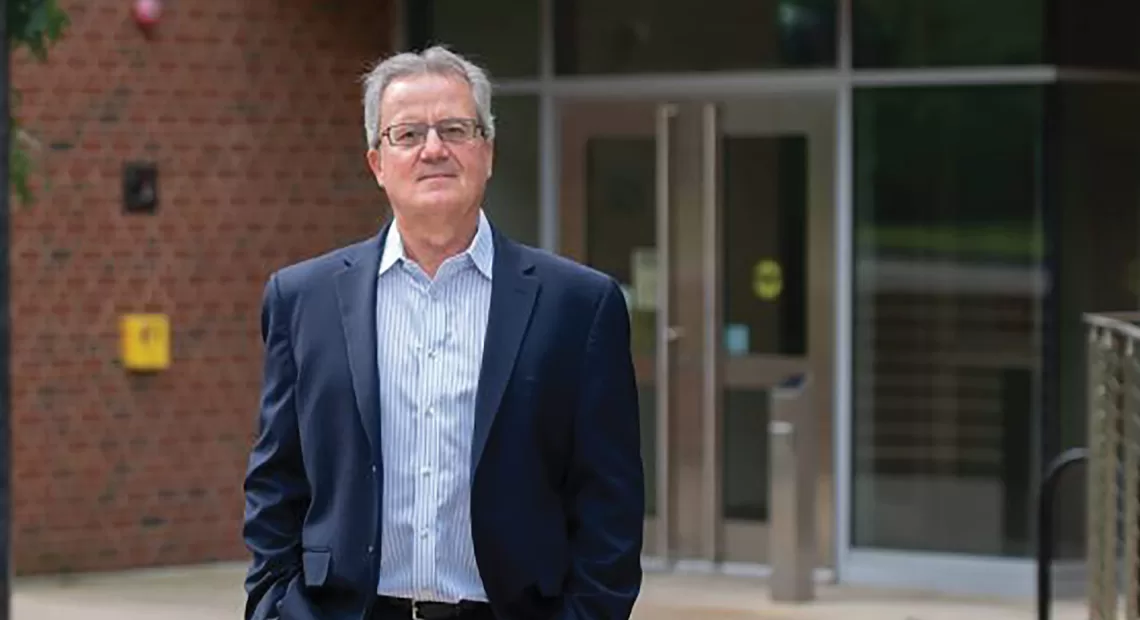

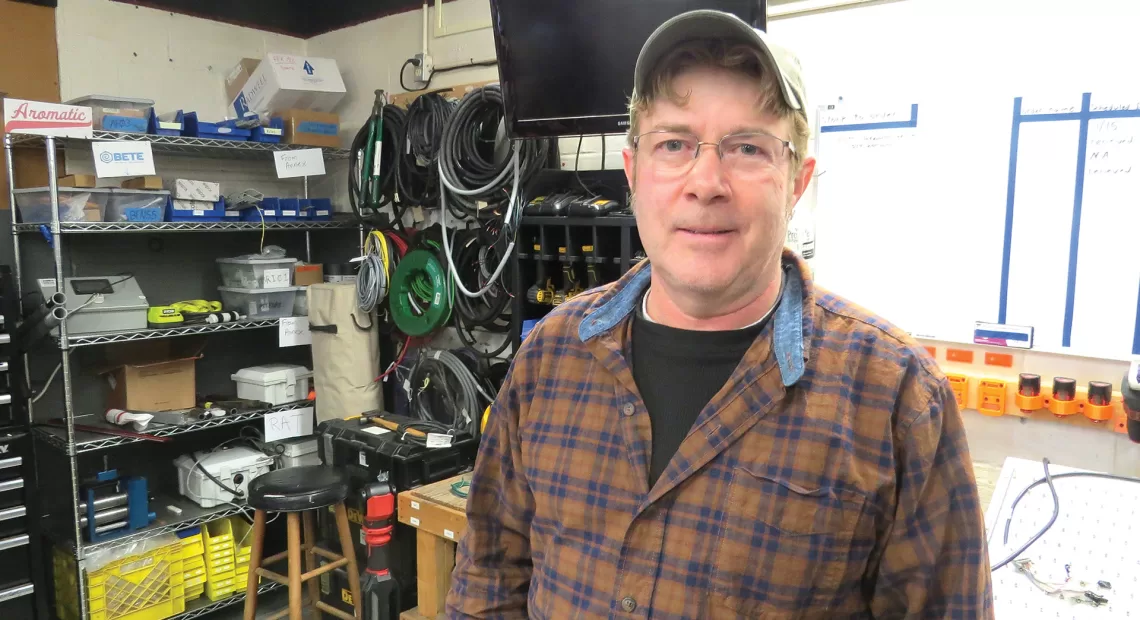
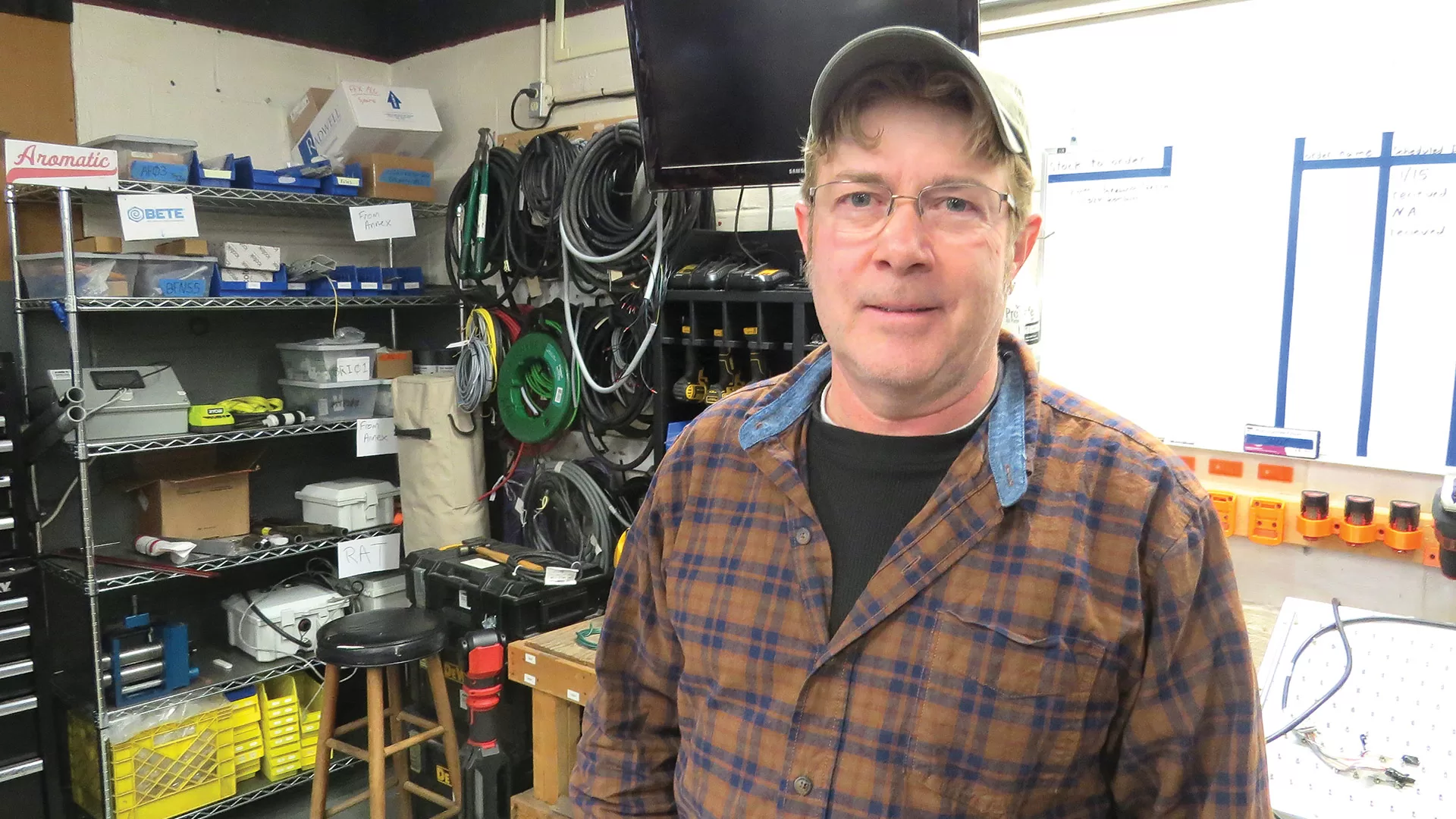
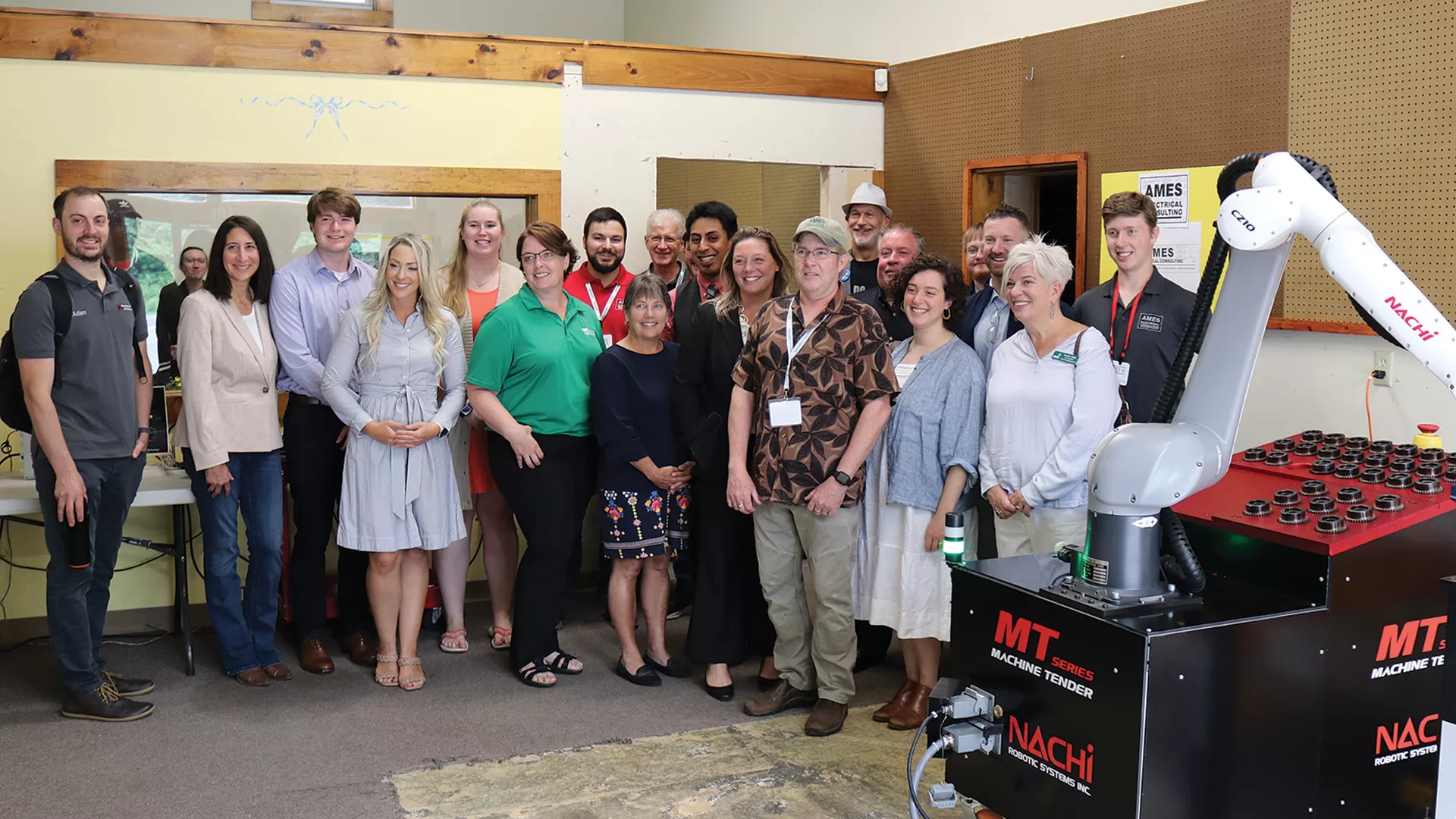


















 Women’s Health agrees, adding that “testers loved the huge choice of workouts available, from strength sessions to yoga to meditation, and found it easy to filter classes on the app by duration and difficulty to find the right one for them. Our team also said they were persuaded to push beyond their usual limits during each session thanks to motivational instructors, who helped keep their form in check with non-stop helpful pointers — though some testers found them a tad too intense for their liking.”
Women’s Health agrees, adding that “testers loved the huge choice of workouts available, from strength sessions to yoga to meditation, and found it easy to filter classes on the app by duration and difficulty to find the right one for them. Our team also said they were persuaded to push beyond their usual limits during each session thanks to motivational instructors, who helped keep their form in check with non-stop helpful pointers — though some testers found them a tad too intense for their liking.”





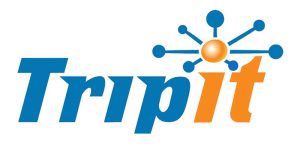
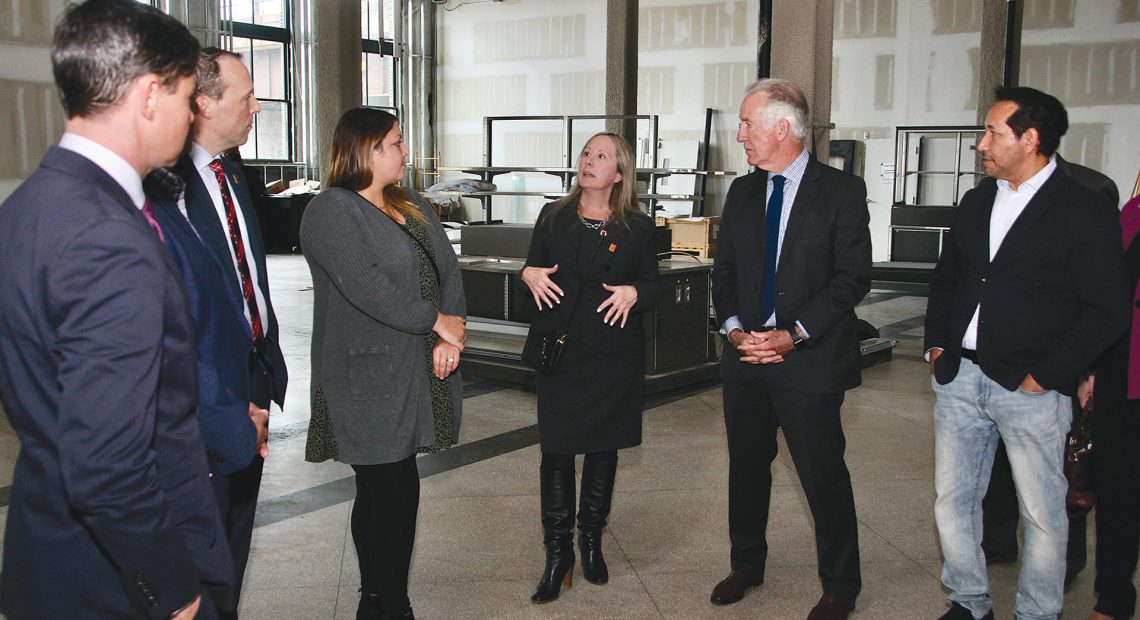
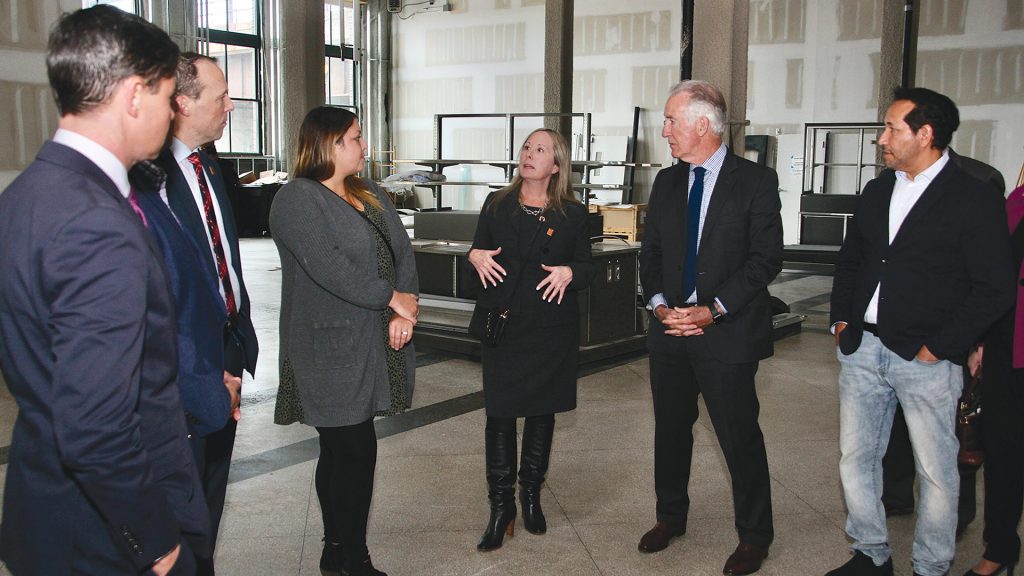





 You’ll find no shortage of love for Apple’s newest models as well, the iPhone 13 Pro ($999) and 13 Pro Max ($1,099), which, boast the best cameras and battery life of any iPhone to date, CNET notes, as well as high-end features like the ability to record ProRes videos. “By packing the 13 Pro and 13 Pro Max with features many of us have wanted for years, including a display with a high refresh rate, Apple further defined the difference between its Pro and non-Pro phones. Three years ago, by comparison, the word Pro seemed more of a marketing term than an indication that the phone was any more professional than a regular iPhone.”
You’ll find no shortage of love for Apple’s newest models as well, the iPhone 13 Pro ($999) and 13 Pro Max ($1,099), which, boast the best cameras and battery life of any iPhone to date, CNET notes, as well as high-end features like the ability to record ProRes videos. “By packing the 13 Pro and 13 Pro Max with features many of us have wanted for years, including a display with a high refresh rate, Apple further defined the difference between its Pro and non-Pro phones. Three years ago, by comparison, the word Pro seemed more of a marketing term than an indication that the phone was any more professional than a regular iPhone.” In the laptop world, the Dell XPS 13 Plus (starting at $1,449) “is a sleek computer that’s built around the latest and most powerful Intel Core processors,” Business Insider notes. “In lieu of click buttons, it uses a seamless glass touchpad surface and replaces the function keys with a top row of touch-sensitive function buttons.” In addition, Dell’s updated RapidCharge Express 2.0 technology can charge the battery up to 80% in under an hour. “Innovations like this,” the publication noted, “can benefit users and keep Dell ahead of rivals.”
In the laptop world, the Dell XPS 13 Plus (starting at $1,449) “is a sleek computer that’s built around the latest and most powerful Intel Core processors,” Business Insider notes. “In lieu of click buttons, it uses a seamless glass touchpad surface and replaces the function keys with a top row of touch-sensitive function buttons.” In addition, Dell’s updated RapidCharge Express 2.0 technology can charge the battery up to 80% in under an hour. “Innovations like this,” the publication noted, “can benefit users and keep Dell ahead of rivals.” Need to keep your devices charged in the car? The Baseus USB-C Car Charger ($19) is an inexpensive device with a 65-watt USB-C port that can power up most laptops, according to bestproducts.com. A USB-A charging connector with a maximum power output of 18 watts is also included. “The product has a sleek design with translucent housing, a built-in voltage display, and onboard illumination. It has built-in tech to protect the connected devices from overcharging and overheating.”
Need to keep your devices charged in the car? The Baseus USB-C Car Charger ($19) is an inexpensive device with a 65-watt USB-C port that can power up most laptops, according to bestproducts.com. A USB-A charging connector with a maximum power output of 18 watts is also included. “The product has a sleek design with translucent housing, a built-in voltage display, and onboard illumination. It has built-in tech to protect the connected devices from overcharging and overheating.” Gamers have more options than ever before as well, but for many, PlayStation still reigns supreme. Calling it “the best plug-and-play gaming platform available,” Digital Trends says the PlayStation 5 ($499), boasts “lightning-fast load speeds, a new controller, and a phenomenal lineup of launch titles (including fan favorites and new exclusives).” In fact, the magazine noted that the PS5 not only easily bests the Xbox when it comes to game selection, Sony has now brought backward compatibility into the fold, so the PS5 will be able to play most PS4 games. “The PS5 simply has the best game library out there right now.”
Gamers have more options than ever before as well, but for many, PlayStation still reigns supreme. Calling it “the best plug-and-play gaming platform available,” Digital Trends says the PlayStation 5 ($499), boasts “lightning-fast load speeds, a new controller, and a phenomenal lineup of launch titles (including fan favorites and new exclusives).” In fact, the magazine noted that the PS5 not only easily bests the Xbox when it comes to game selection, Sony has now brought backward compatibility into the fold, so the PS5 will be able to play most PS4 games. “The PS5 simply has the best game library out there right now.”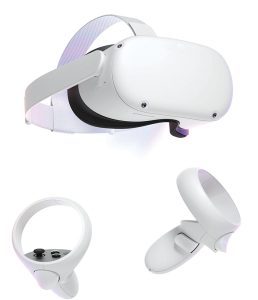 Speaking of new ways to play, “virtual reality might take its time to have its ‘iPhone moment,’ but it is still very much the next big thing for the coolest gadgets,” Spy notes, and no VR device flashes that promise more than the Meta Quest 2 ($299). Without the need for a powerful computer or special equipment, users can simply strap the Quest 2 (formerly Oculus) to their head, pick up the controllers, and move freely in VR space, thanks to its inside-out technology, which uses cameras placed outside the headset to track the users’ movement in the space around them.
Speaking of new ways to play, “virtual reality might take its time to have its ‘iPhone moment,’ but it is still very much the next big thing for the coolest gadgets,” Spy notes, and no VR device flashes that promise more than the Meta Quest 2 ($299). Without the need for a powerful computer or special equipment, users can simply strap the Quest 2 (formerly Oculus) to their head, pick up the controllers, and move freely in VR space, thanks to its inside-out technology, which uses cameras placed outside the headset to track the users’ movement in the space around them.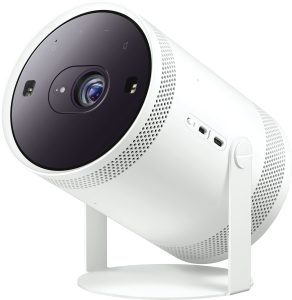 Then there’s the Samsung Freestyle ($799), a new portable entertainment device that combines a projector and smart speaker into one compact package. It supports 1080p projection at up to 100 inches, offers access to a wide variety of streaming apps, and delivers 360-degree sound with built-in Alexa voice control. “The Freestyle stands out from other compact projectors thanks to its rotating cradle that makes it look like a portable spotlight,” Business Insider notes. “It also has automatic picture adjustments that could make it a breeze to set up virtually anywhere. It can even plug into an overhead light socket so you can project onto the floor or a table.”
Then there’s the Samsung Freestyle ($799), a new portable entertainment device that combines a projector and smart speaker into one compact package. It supports 1080p projection at up to 100 inches, offers access to a wide variety of streaming apps, and delivers 360-degree sound with built-in Alexa voice control. “The Freestyle stands out from other compact projectors thanks to its rotating cradle that makes it look like a portable spotlight,” Business Insider notes. “It also has automatic picture adjustments that could make it a breeze to set up virtually anywhere. It can even plug into an overhead light socket so you can project onto the floor or a table.” In the category of hybrid smartwatch, which combines connectivity with traditional watch mechanics, bestproducts.com chooses the Everett Hybrid Smartwatch ($179), calling it a feature-packed device with a built-in, always-on display and heart-rate sensor. “We like that, instead of looking like a tech product, it resembles a classic chronograph timepiece with mechanical hands and a three-button layout.” The stainless-steel timepiece is waterproof up to 30 meters, and it is available in several finishes, with an easy-to-replace band or bracelet.
In the category of hybrid smartwatch, which combines connectivity with traditional watch mechanics, bestproducts.com chooses the Everett Hybrid Smartwatch ($179), calling it a feature-packed device with a built-in, always-on display and heart-rate sensor. “We like that, instead of looking like a tech product, it resembles a classic chronograph timepiece with mechanical hands and a three-button layout.” The stainless-steel timepiece is waterproof up to 30 meters, and it is available in several finishes, with an easy-to-replace band or bracelet. In the market for a drone? “Every year,” BBC Science Focus notes, “the DJI’s Mini series gets smaller and yet more powerful, cramming high-end specs into a lightweight drone that you can chuck in your bag. But with all those improvements comes an eye-watering price, and an increasing fear for your financial status if you crash it.” The DJI Mini 3 Pro ($759) offers advanced obstacle avoidance features, a rotating lens to film in portrait or landscape, 4K video, smart flying features like automatic tracking, and the ability to follow a subject, the site notes. “Despite its higher price, this feels like the perfect drone for beginners, those who like to travel, or really anyone in the market for a lightweight, high-tech drone.”
In the market for a drone? “Every year,” BBC Science Focus notes, “the DJI’s Mini series gets smaller and yet more powerful, cramming high-end specs into a lightweight drone that you can chuck in your bag. But with all those improvements comes an eye-watering price, and an increasing fear for your financial status if you crash it.” The DJI Mini 3 Pro ($759) offers advanced obstacle avoidance features, a rotating lens to film in portrait or landscape, 4K video, smart flying features like automatic tracking, and the ability to follow a subject, the site notes. “Despite its higher price, this feels like the perfect drone for beginners, those who like to travel, or really anyone in the market for a lightweight, high-tech drone.” At the end of an active day, why not wind down by grilling dinner — wherever you are? The BioLite FirePit+ ($249) is a small, efficient fire pit that burns charcoal and wood. More than 50 air jets deliver oxygen to the fire for a uniform temperature and reduced smoke, while a rechargeable battery runs a built-in fan for controlling the fire up to 30 hours, according to PC Magazine. “You can cook on top of the included grill grate for direct contact with the flames or pick up a cast-iron griddle accessory. Bluetooth lets you control the flame intensity and fan speed with your phone, for a smart grilling experience no matter where you are.”
At the end of an active day, why not wind down by grilling dinner — wherever you are? The BioLite FirePit+ ($249) is a small, efficient fire pit that burns charcoal and wood. More than 50 air jets deliver oxygen to the fire for a uniform temperature and reduced smoke, while a rechargeable battery runs a built-in fan for controlling the fire up to 30 hours, according to PC Magazine. “You can cook on top of the included grill grate for direct contact with the flames or pick up a cast-iron griddle accessory. Bluetooth lets you control the flame intensity and fan speed with your phone, for a smart grilling experience no matter where you are.” Sometimes home security means being prepared when the power goes down. The Anker 757 PowerHouse generator ($1,399) is powered by a lithium iron phosphate battery, which is the same type of battery used to power various electric vehicles, and “it’s a beast,” Gear Patrol notes. “Its multiple ports and outlets allow will allow you to simultaneously charge various gadgets, including your laptop, smartphone, and tablets, as well as power larger appliances like a refrigerator, a TV, or multiple outdoor lights.”
Sometimes home security means being prepared when the power goes down. The Anker 757 PowerHouse generator ($1,399) is powered by a lithium iron phosphate battery, which is the same type of battery used to power various electric vehicles, and “it’s a beast,” Gear Patrol notes. “Its multiple ports and outlets allow will allow you to simultaneously charge various gadgets, including your laptop, smartphone, and tablets, as well as power larger appliances like a refrigerator, a TV, or multiple outdoor lights.” Wired has some ideas for making life easier as a pet owner, like the Smarty Pear Leo’s Loo Too Litter Box ($600). “Veterinarians say automatic litter boxes, while convenient, make it tough for owners to keep tabs on their cat’s bathroom trips — which can be useful for flagging any potential illnesses. The Leo’s Loo Too solves this with a built-in sensor that tracks how often your cat goes, along with its weight, and syncs the data to a companion app on your phone.” The device comes with additional features like UV sterilization and radar to keep the box from self-cleaning while the cat is nearby.
Wired has some ideas for making life easier as a pet owner, like the Smarty Pear Leo’s Loo Too Litter Box ($600). “Veterinarians say automatic litter boxes, while convenient, make it tough for owners to keep tabs on their cat’s bathroom trips — which can be useful for flagging any potential illnesses. The Leo’s Loo Too solves this with a built-in sensor that tracks how often your cat goes, along with its weight, and syncs the data to a companion app on your phone.” The device comes with additional features like UV sterilization and radar to keep the box from self-cleaning while the cat is nearby. Speaking of animals, Wired also recommends the Bird Buddy Bird Feeder ($200), which “gives new meaning to bird watching. Not only does this cute little home feed birds, but its battery-powered camera offers a live feed via the connected app. If that’s not entertaining enough, it’ll snap photos of said birds, identify the species, and present a ton of facts about each one.”
Speaking of animals, Wired also recommends the Bird Buddy Bird Feeder ($200), which “gives new meaning to bird watching. Not only does this cute little home feed birds, but its battery-powered camera offers a live feed via the connected app. If that’s not entertaining enough, it’ll snap photos of said birds, identify the species, and present a ton of facts about each one.”




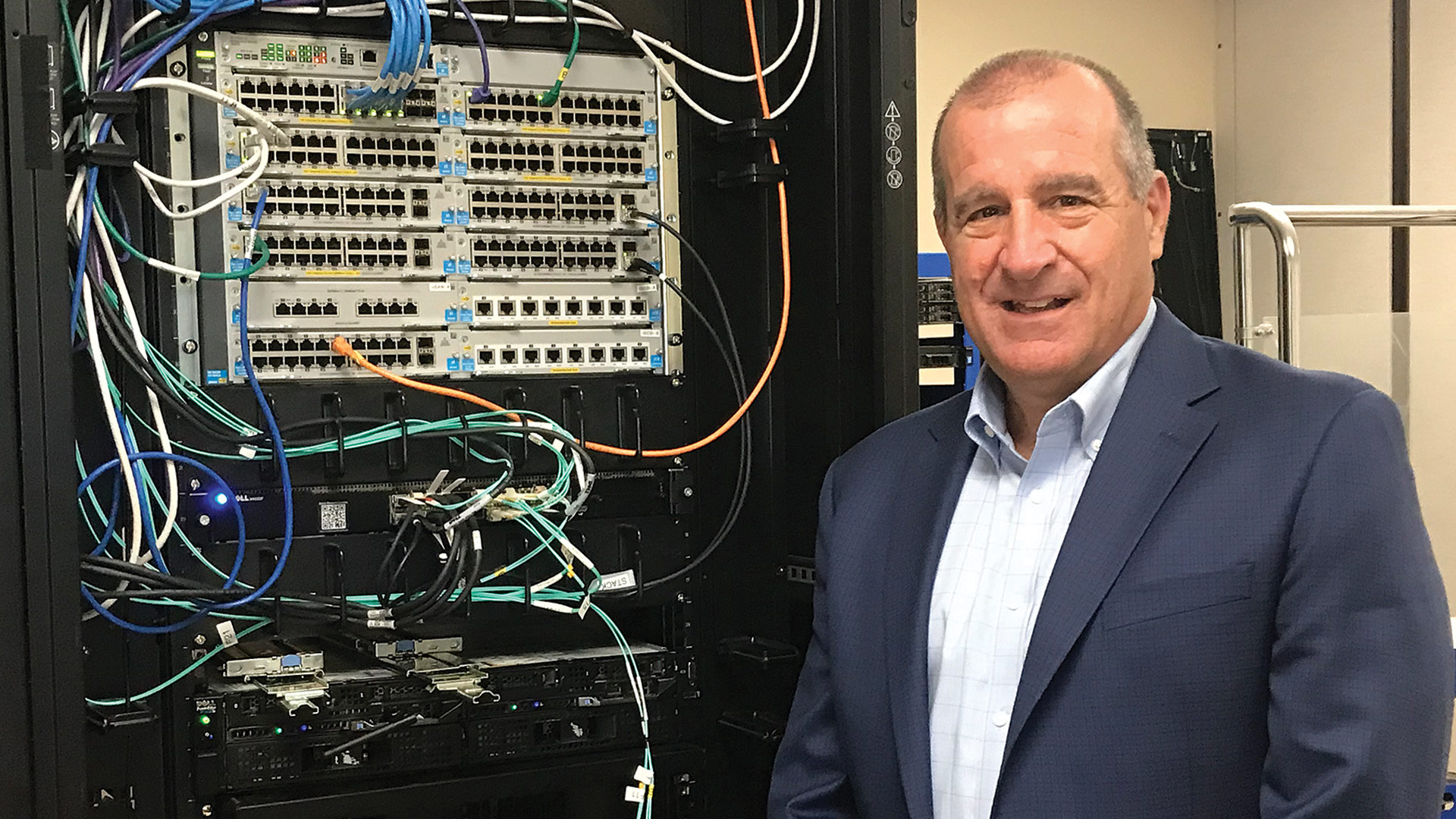
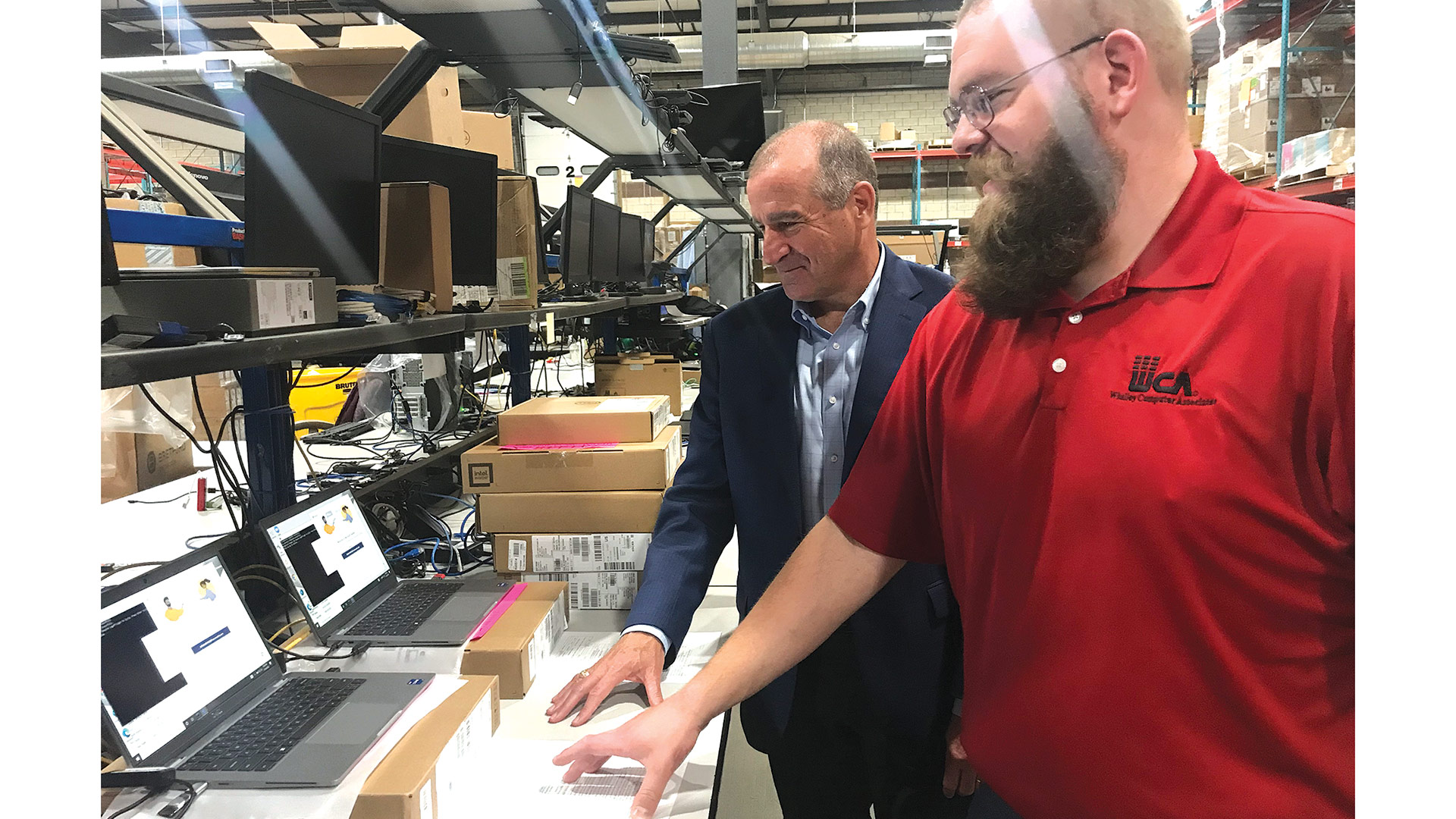
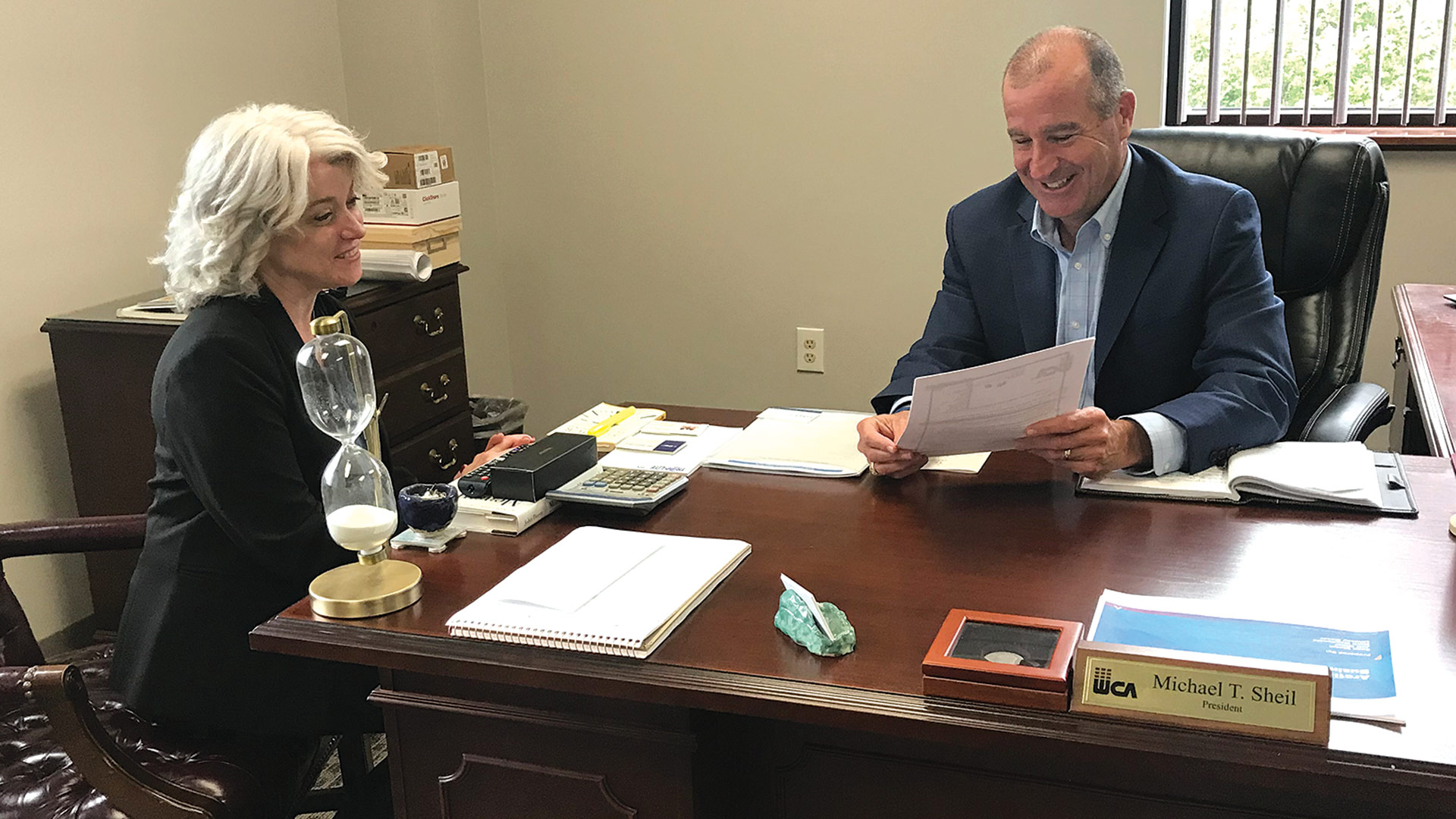



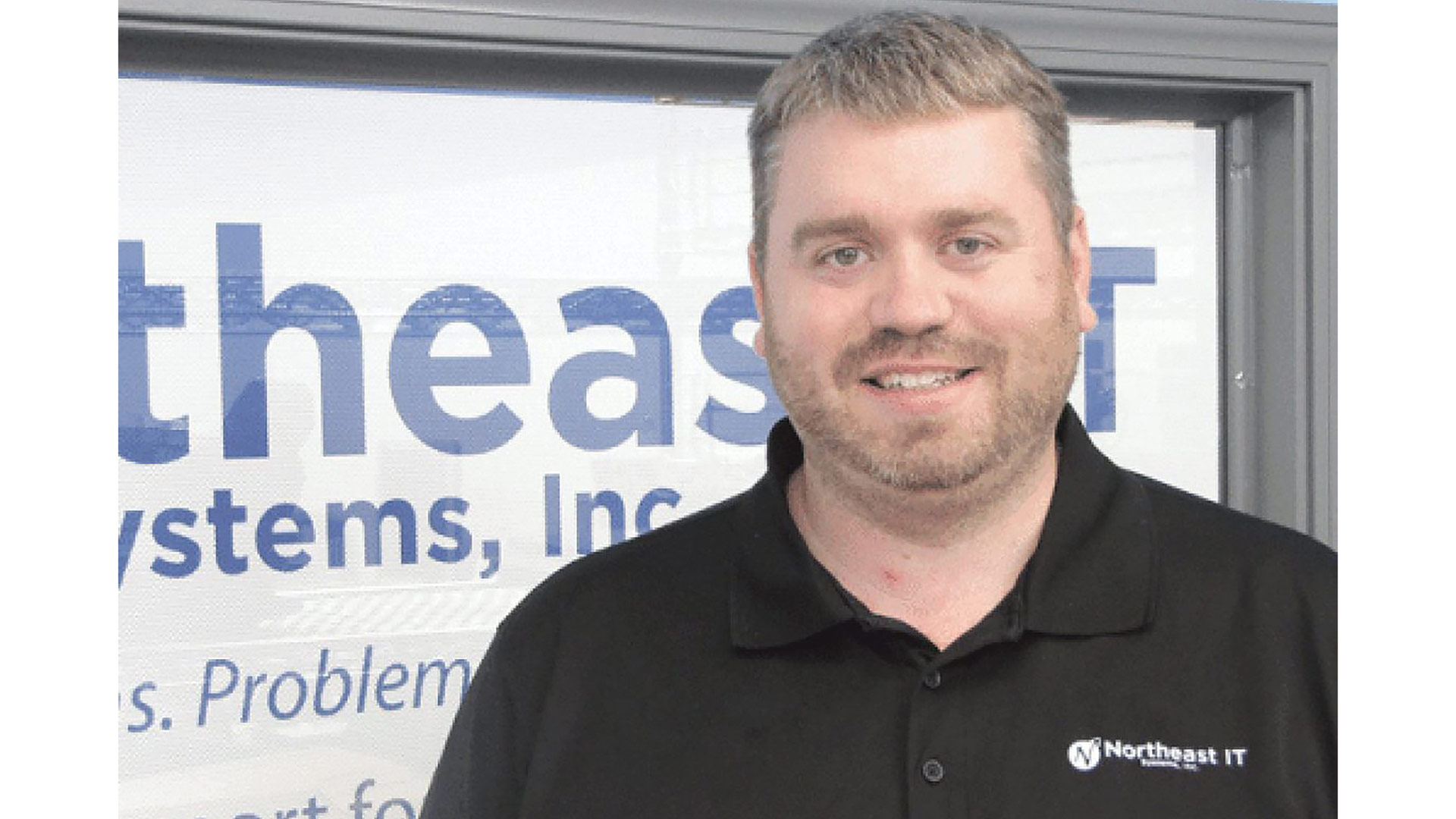






 When compared to many of the other cool tech gadgets on this list, the Amazon Smart Plug ($25) “might seem underwhelming, but you might be impressed with how much you like this smart-home accessory once you start using it,” according to spy.com. “Head out on vacation and can’t remember if you left a fan or window AC unit running? If it’s plugged into this, you can simply open up your Alexa app and cut off the power. Have a lamp that you love, but it doesn’t work with a smart bulb? Use one of these to make a dumb lamp very, very smart. On top of all that, Alexa has some impressive power-monitoring tools, so that if you have more than one of these around your home, you can figure out which appliances and electronics around the house are costing you the most money, and you can adjust your usage behavior accordingly.”
When compared to many of the other cool tech gadgets on this list, the Amazon Smart Plug ($25) “might seem underwhelming, but you might be impressed with how much you like this smart-home accessory once you start using it,” according to spy.com. “Head out on vacation and can’t remember if you left a fan or window AC unit running? If it’s plugged into this, you can simply open up your Alexa app and cut off the power. Have a lamp that you love, but it doesn’t work with a smart bulb? Use one of these to make a dumb lamp very, very smart. On top of all that, Alexa has some impressive power-monitoring tools, so that if you have more than one of these around your home, you can figure out which appliances and electronics around the house are costing you the most money, and you can adjust your usage behavior accordingly.” Meanwhile, the same site says the Anker Nebula Solar Portable Projector ($520) won’t replace a fancy, 65-inch, 4K HDR TV, “but for those moments when you’re really craving that movie-theater experience at home … you’ll understand why this made our list of cool tech gadgets.” The projector boasts easy setup, too. “Barely bigger than a book, you can point it at a wall and have it projecting a 120-inch, 1080p version of your favorite Netflix movie without needing to configure the picture settings or find a power outlet.”
Meanwhile, the same site says the Anker Nebula Solar Portable Projector ($520) won’t replace a fancy, 65-inch, 4K HDR TV, “but for those moments when you’re really craving that movie-theater experience at home … you’ll understand why this made our list of cool tech gadgets.” The projector boasts easy setup, too. “Barely bigger than a book, you can point it at a wall and have it projecting a 120-inch, 1080p version of your favorite Netflix movie without needing to configure the picture settings or find a power outlet.” Speaking of projectors, the BenQ X1300i 4LED Gaming Projector ($1,299) is being marketed as the first true gaming projector that’s optimized for the PS5 or Xbox Series X. “The 3,000-lumen projector will play 1080p content — so not true 4K content — at extremely low latency, which is needed for competitive gamers,” according to gearpatrol.com. “Additionally, it has built-in speakers and an Android TV operating system, so it functions as any traditional smart TV — but it can create up to a 150-inch screen.”
Speaking of projectors, the BenQ X1300i 4LED Gaming Projector ($1,299) is being marketed as the first true gaming projector that’s optimized for the PS5 or Xbox Series X. “The 3,000-lumen projector will play 1080p content — so not true 4K content — at extremely low latency, which is needed for competitive gamers,” according to gearpatrol.com. “Additionally, it has built-in speakers and an Android TV operating system, so it functions as any traditional smart TV — but it can create up to a 150-inch screen.” Taking tech outdoors is the DJI Mavic Air 2 Drone ($799), which menshealth.com touts for its massive optical sensor, means “the 48-megapixel photos pop and the hyperlap video is 8K — smart futureproofing for when your TV plays catchup. The next-gen obstacle-avoidance sensors, combined with the 34-minutes-long flight time, mean you spend more time shooting killer video and less time dodging trees and buildings.”
Taking tech outdoors is the DJI Mavic Air 2 Drone ($799), which menshealth.com touts for its massive optical sensor, means “the 48-megapixel photos pop and the hyperlap video is 8K — smart futureproofing for when your TV plays catchup. The next-gen obstacle-avoidance sensors, combined with the 34-minutes-long flight time, mean you spend more time shooting killer video and less time dodging trees and buildings.” Smart wallets offer a convenient way to store and transport cash and credit cards while protecting against loss or theft. The Ekster Parliament Smart Wallet ($89) is a smart bifold wallet with RFID coating (to protect against identity theft) and a patented mechanism that ejects cards from its aluminum storage pocket with the press of a button. It has space for at least 10 cards, as well as a strap for carrying cash and receipts, according to bestproducts.com. “Ekster has crafted the wallet from high-quality leather that comes in a multitude of colors. An optional Bluetooth tracker for the wallet is also available. This ultra-thin gadget has a maximum range of 200 feet, and it is powered by light, so it never needs a battery.”
Smart wallets offer a convenient way to store and transport cash and credit cards while protecting against loss or theft. The Ekster Parliament Smart Wallet ($89) is a smart bifold wallet with RFID coating (to protect against identity theft) and a patented mechanism that ejects cards from its aluminum storage pocket with the press of a button. It has space for at least 10 cards, as well as a strap for carrying cash and receipts, according to bestproducts.com. “Ekster has crafted the wallet from high-quality leather that comes in a multitude of colors. An optional Bluetooth tracker for the wallet is also available. This ultra-thin gadget has a maximum range of 200 feet, and it is powered by light, so it never needs a battery.” In the smartwatch category, the Fossil Gen 5 LTE ($349) is the company’s first product in the cellular wearables market, crn.com notes. “The Fossil Gen 5 LTE Touchscreen leverages LTE connectivity from Verizon, the Qualcomm Snapdragon Wear 3100 platform, and Google’s Wear OS to let users make calls and do texting without a mobile phone.” Fossil also makes what bestproducts.com calls the best hybrid smartwatch, the Fossil Latitude HR Hybrid Smartwatch ($195), “a feature-packed hybrid smartwatch with a built-in, always-on display and a heart-rate sensor. We like that, instead of looking like a tech product, it resembles a classic chronograph timepiece with mechanical hands and a three-button layout. The Latitude HR can effortlessly deliver notifications from your phone and keep tabs on your activities.”
In the smartwatch category, the Fossil Gen 5 LTE ($349) is the company’s first product in the cellular wearables market, crn.com notes. “The Fossil Gen 5 LTE Touchscreen leverages LTE connectivity from Verizon, the Qualcomm Snapdragon Wear 3100 platform, and Google’s Wear OS to let users make calls and do texting without a mobile phone.” Fossil also makes what bestproducts.com calls the best hybrid smartwatch, the Fossil Latitude HR Hybrid Smartwatch ($195), “a feature-packed hybrid smartwatch with a built-in, always-on display and a heart-rate sensor. We like that, instead of looking like a tech product, it resembles a classic chronograph timepiece with mechanical hands and a three-button layout. The Latitude HR can effortlessly deliver notifications from your phone and keep tabs on your activities.” “We don’t know who will be more excited about the Furbo Dog Camera ($169), you or your pet,” popsugar.com notes. “You can monitor them through your phone, send them treats when you’re away, and so much more.” The 1080p, full-HD camera and night vision allows users to livestream video to monitor their pet on their phone with a 160-degree wide-angle view, day and night. A sensor also sends push notifications to a smartphone when it detects barking. Users can even toss treats to their dog via the free Furbo iOS/Android app. Set-up is easy — just plug it in to a power outlet using its USB cord, download the Furbo app, and connect to home WiFi.
“We don’t know who will be more excited about the Furbo Dog Camera ($169), you or your pet,” popsugar.com notes. “You can monitor them through your phone, send them treats when you’re away, and so much more.” The 1080p, full-HD camera and night vision allows users to livestream video to monitor their pet on their phone with a 160-degree wide-angle view, day and night. A sensor also sends push notifications to a smartphone when it detects barking. Users can even toss treats to their dog via the free Furbo iOS/Android app. Set-up is easy — just plug it in to a power outlet using its USB cord, download the Furbo app, and connect to home WiFi. “As one of the first companies to make artificial intelligence and voice-recognition technology available to the average person, spy.com notes, “Google is still the top dog when it comes to voice assistants and smart-home platforms. And perhaps its most radical move was the Google Nest Mini ($35), a small and cheap speaker that is fully imbued with the powers to command your smart home. Once you get used to the particular ways of interacting with a voice assistant, it’s rare when you have to raise your voice or repeat yourself to get the Nest Mini to understand you, even when you’re on the other side of the room, half-asleep at 1 a.m., telling it to turn off the lights, shut off the TV, and lock the doors.”
“As one of the first companies to make artificial intelligence and voice-recognition technology available to the average person, spy.com notes, “Google is still the top dog when it comes to voice assistants and smart-home platforms. And perhaps its most radical move was the Google Nest Mini ($35), a small and cheap speaker that is fully imbued with the powers to command your smart home. Once you get used to the particular ways of interacting with a voice assistant, it’s rare when you have to raise your voice or repeat yourself to get the Nest Mini to understand you, even when you’re on the other side of the room, half-asleep at 1 a.m., telling it to turn off the lights, shut off the TV, and lock the doors.” Tired of housework? “If you’re a fan of the iRobot vacuum, then you’ll want to give the iRobot Braava Jet 240 Robot Mop ($180) a try,” popsugar.com asserts. “It will clean your floors when you’re not around, so you have nothing to worry about later.” The device claims to offer precision jet spray and a vibrating cleaning to tackle dirt and stains, and gets into hard-to-reach places, including under and around toilets, into corners, below cabinets, and under and around furniture and other objects, using an efficient, systematic cleaning pattern. It also mops and sweeps finished hard floors, including hardwood, tile, and stone, and it’s ideal for kitchens and bathrooms.
Tired of housework? “If you’re a fan of the iRobot vacuum, then you’ll want to give the iRobot Braava Jet 240 Robot Mop ($180) a try,” popsugar.com asserts. “It will clean your floors when you’re not around, so you have nothing to worry about later.” The device claims to offer precision jet spray and a vibrating cleaning to tackle dirt and stains, and gets into hard-to-reach places, including under and around toilets, into corners, below cabinets, and under and around furniture and other objects, using an efficient, systematic cleaning pattern. It also mops and sweeps finished hard floors, including hardwood, tile, and stone, and it’s ideal for kitchens and bathrooms. Smart glasses are a thing these days, too. Jlab Audio recently introduced its new Jlab JBuds Frames ($49), a device that discretely attaches to a user’s glasses to provide wireless stereo audio on the go. “The JBuds Frames consist of two independently operating Bluetooth wireless audio devices, which include 16mm drivers that produce sound that can only be heard by the wearer, not by others,” according to crn.com. “In addition, the device can easily be detached and mounted on other frames when needed.”
Smart glasses are a thing these days, too. Jlab Audio recently introduced its new Jlab JBuds Frames ($49), a device that discretely attaches to a user’s glasses to provide wireless stereo audio on the go. “The JBuds Frames consist of two independently operating Bluetooth wireless audio devices, which include 16mm drivers that produce sound that can only be heard by the wearer, not by others,” according to crn.com. “In addition, the device can easily be detached and mounted on other frames when needed.” For a next-level experience in eyewear, “virtual reality might be taking its time to have its ‘iPhone moment,’ but it is still very much the next big thing when it comes to the coolest tech gadgets,” spy.com notes, “and there is not a single VR device that flashes that promise more than the Oculus Quest 2 ($349).” Without the need for a powerful computer or special equipment, users can simply strap the Quest 2 to their head, pick up the controllers, and move freely in VR space thanks to its inside-out technology, which uses cameras on the outside of the headset to track movement. “In a time where we don’t have many places to escape to, the Oculus Quest 2 offers up an infinite number of destinations … even if they’re only virtual.”
For a next-level experience in eyewear, “virtual reality might be taking its time to have its ‘iPhone moment,’ but it is still very much the next big thing when it comes to the coolest tech gadgets,” spy.com notes, “and there is not a single VR device that flashes that promise more than the Oculus Quest 2 ($349).” Without the need for a powerful computer or special equipment, users can simply strap the Quest 2 to their head, pick up the controllers, and move freely in VR space thanks to its inside-out technology, which uses cameras on the outside of the headset to track movement. “In a time where we don’t have many places to escape to, the Oculus Quest 2 offers up an infinite number of destinations … even if they’re only virtual.” Another way to escape into another world — albeit one requiring more effort — is the Peloton Bike+ (from $2,495). “Peloton’s updated bike boasts a lustrous, 24-inch-wide screen and a game-changing multi-grip handlebar that lets you always find comfortable position,” menshealth.com notes. “And the best feature just may be auto-follow, which automatically shifts the resistance when the instructor calls for it. Translation: no escape from tough workouts.”
Another way to escape into another world — albeit one requiring more effort — is the Peloton Bike+ (from $2,495). “Peloton’s updated bike boasts a lustrous, 24-inch-wide screen and a game-changing multi-grip handlebar that lets you always find comfortable position,” menshealth.com notes. “And the best feature just may be auto-follow, which automatically shifts the resistance when the instructor calls for it. Translation: no escape from tough workouts.”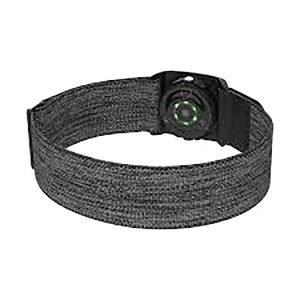 Speaking of devices with health benefits, the Polar Verity Sense optical heart monitor ($90) can be worn on the arm or temple (for swimming). “It’s designed for people who don’t necessarily wear a wrist-bound fitness tracker or smartwatch, or are doing an exercise that isn’t very friendly to wrist jewelry, like martial arts, swimming, dancing or boxing,” gearpatrol.com notes. “It’s a nifty accessory for people who use Polar Flow, Polar’s free fitness and training app, or wear one of the company’s smartwatches.”
Speaking of devices with health benefits, the Polar Verity Sense optical heart monitor ($90) can be worn on the arm or temple (for swimming). “It’s designed for people who don’t necessarily wear a wrist-bound fitness tracker or smartwatch, or are doing an exercise that isn’t very friendly to wrist jewelry, like martial arts, swimming, dancing or boxing,” gearpatrol.com notes. “It’s a nifty accessory for people who use Polar Flow, Polar’s free fitness and training app, or wear one of the company’s smartwatches.”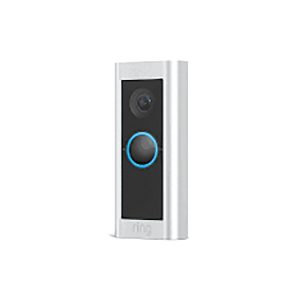 Meanwhile, gearpatrol.com is also high on the Ring Video Doorbell Pro 2 ($250), the next-generation version of its well-reviewed video doorbell — and it adds two big upgrades. “First, it adds a new radar sensor that enables new 3D motion detection and bird’s-eye-view features; this allows it to better detect and even create a top-down map of the movement taking place in front of your door. And, secondly, the camera has an improved field of view so that it can capture the delivery person’s entire body — head to toe — when they drop off a package.”
Meanwhile, gearpatrol.com is also high on the Ring Video Doorbell Pro 2 ($250), the next-generation version of its well-reviewed video doorbell — and it adds two big upgrades. “First, it adds a new radar sensor that enables new 3D motion detection and bird’s-eye-view features; this allows it to better detect and even create a top-down map of the movement taking place in front of your door. And, secondly, the camera has an improved field of view so that it can capture the delivery person’s entire body — head to toe — when they drop off a package.” Finally, are you looking for great sound for home entertainment? With Sonos Arc ($799), users can “get immersive audio that can fill an entire house in one slim, sleek, ultra-versatile package,” menshealth.com notes. “A whopping 11 drivers power Sonos’ newest soundbar, fueling a surround-sound experience that delivers in all situations, whether you’re playing Halo or watching Avengers: Endgame.”
Finally, are you looking for great sound for home entertainment? With Sonos Arc ($799), users can “get immersive audio that can fill an entire house in one slim, sleek, ultra-versatile package,” menshealth.com notes. “A whopping 11 drivers power Sonos’ newest soundbar, fueling a surround-sound experience that delivers in all situations, whether you’re playing Halo or watching Avengers: Endgame.”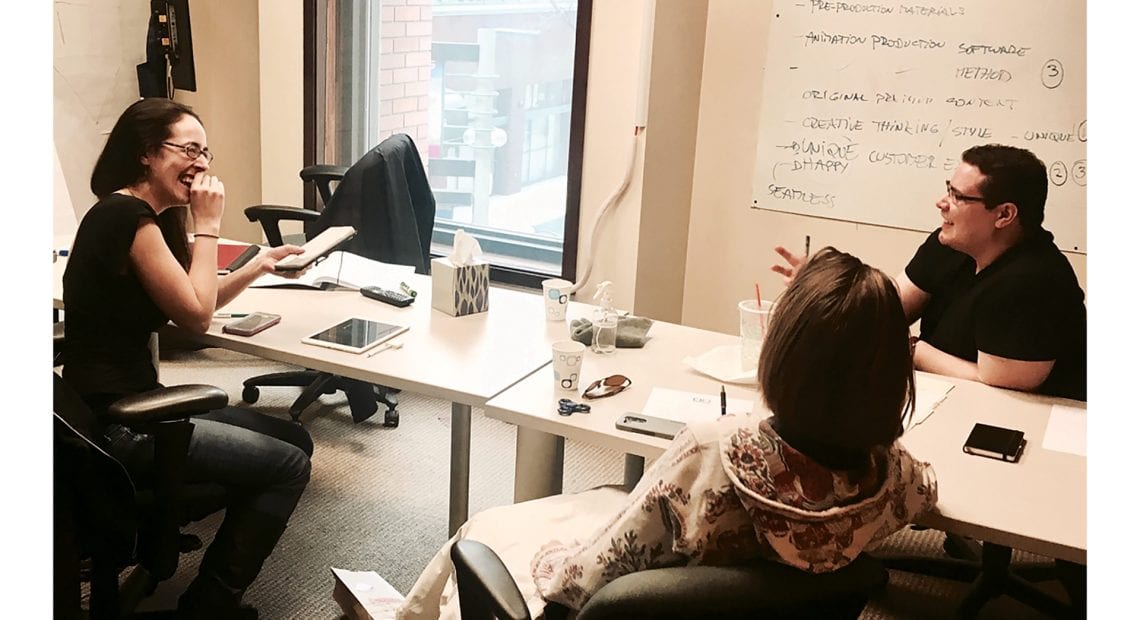

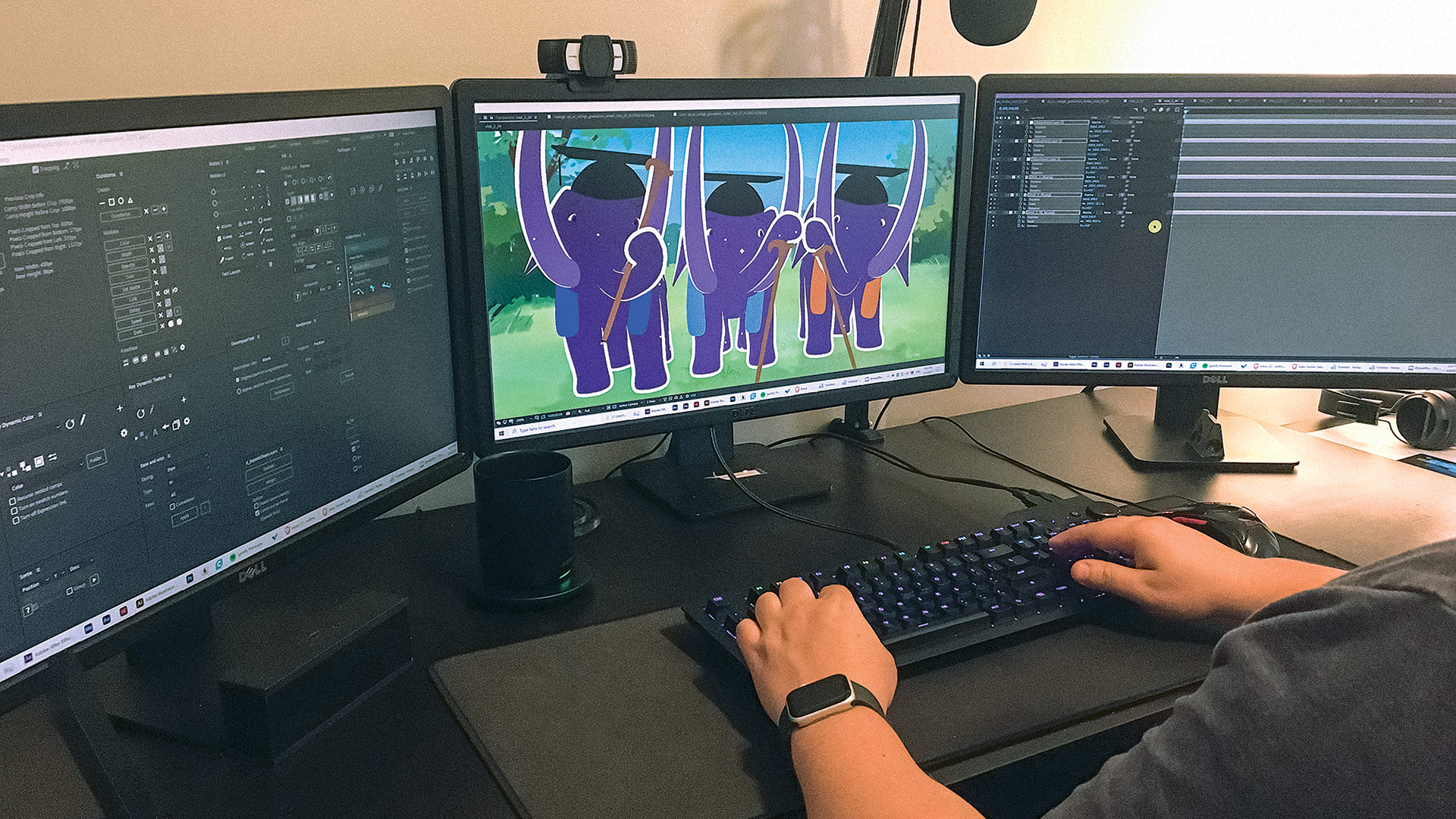









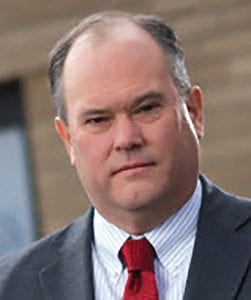
 “What makes LinkedIn even more powerful is that users update their bios regularly, so the connections you are potentially requesting are in the roles they have listed on their bios.”
“What makes LinkedIn even more powerful is that users update their bios regularly, so the connections you are potentially requesting are in the roles they have listed on their bios.”



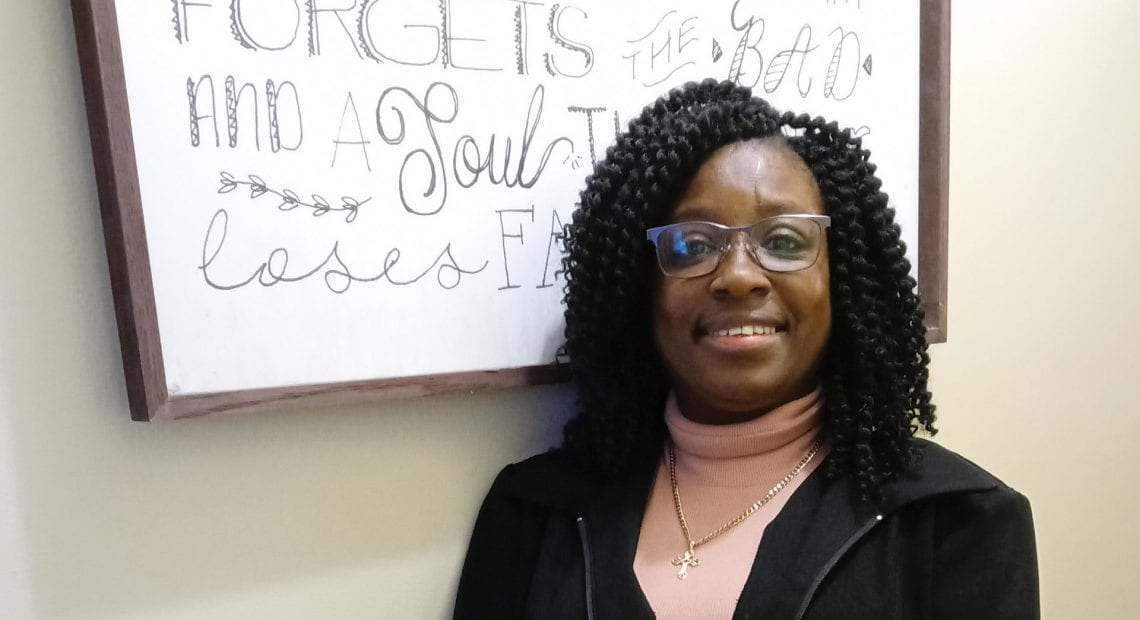







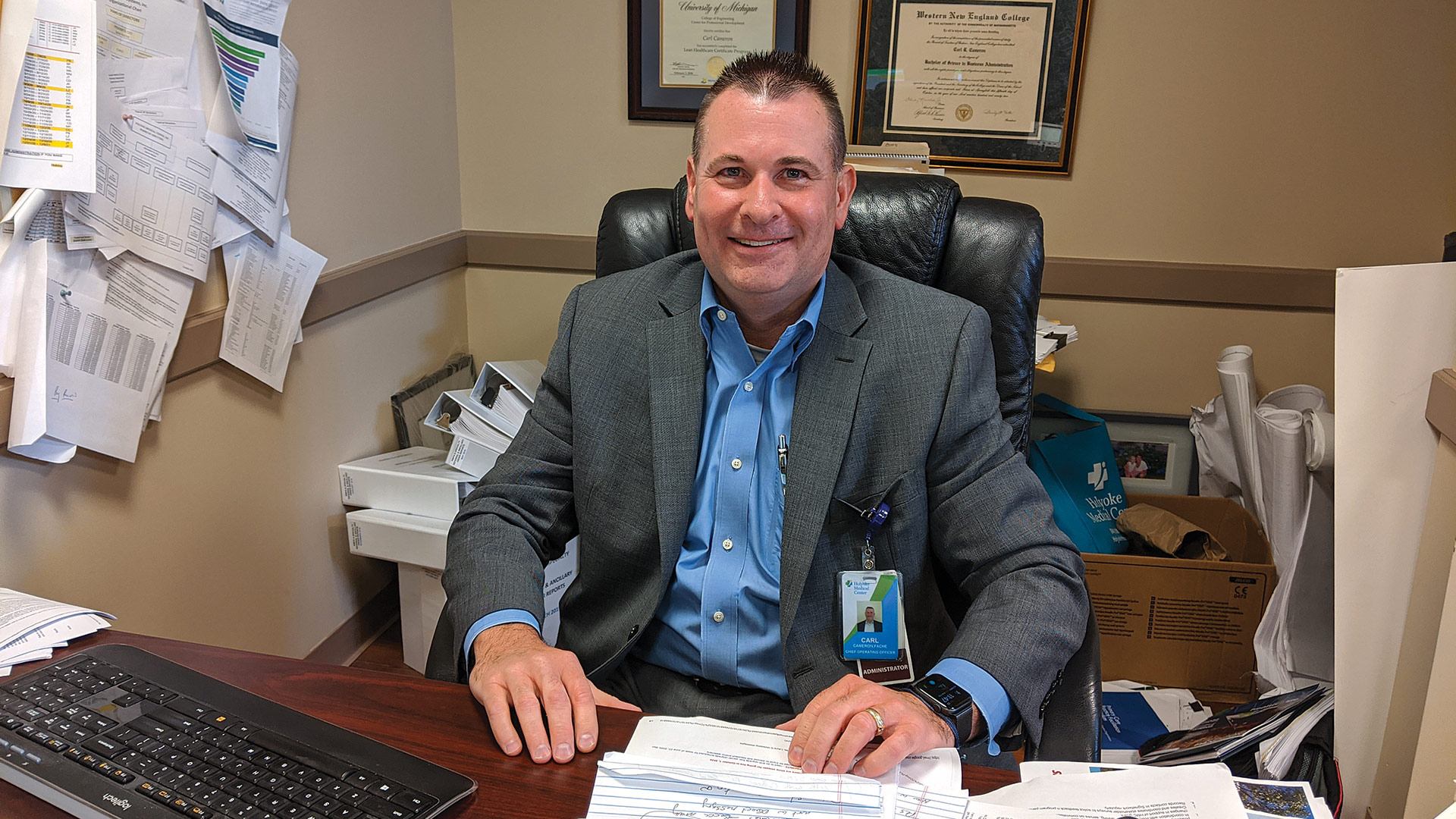


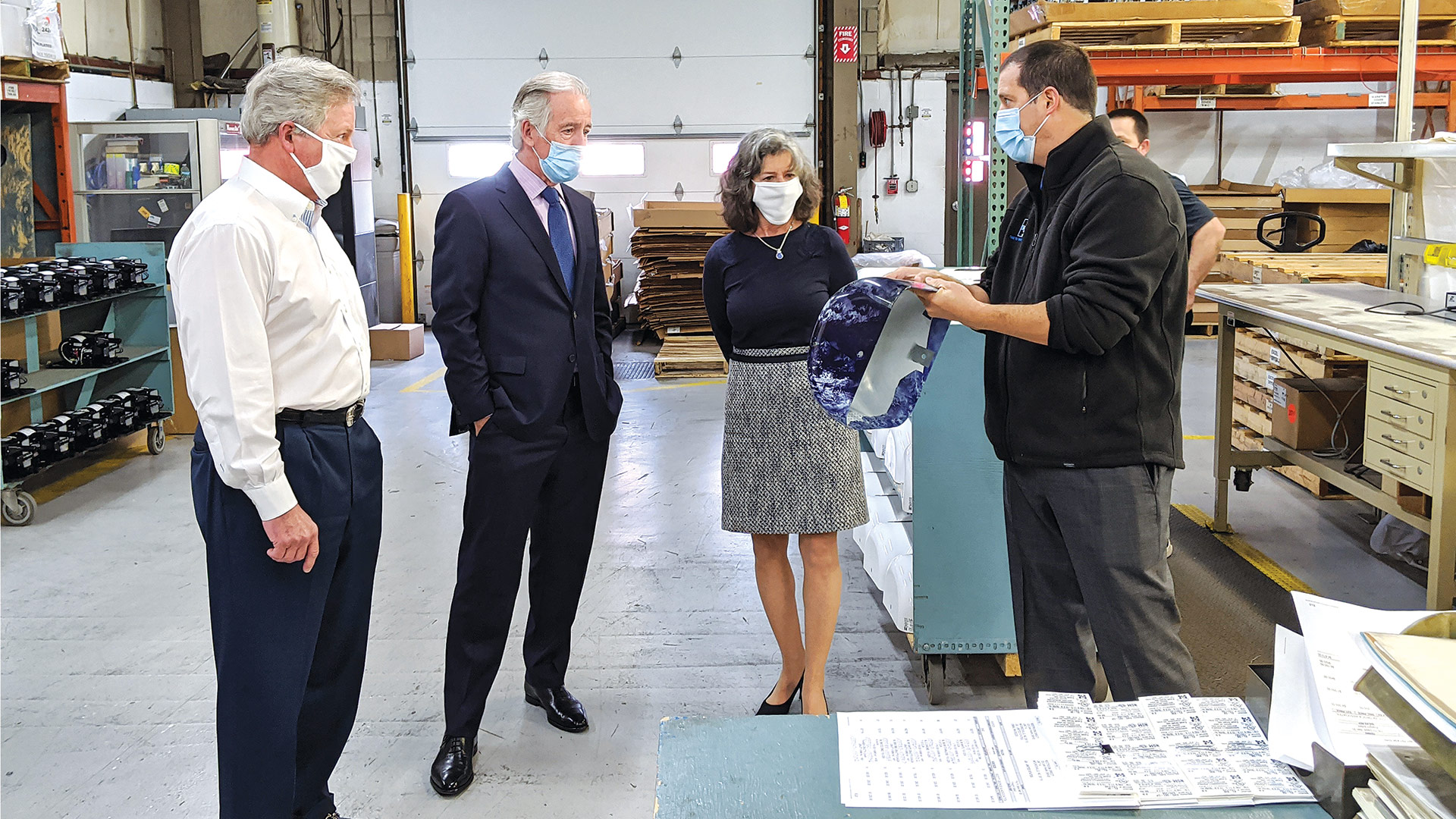
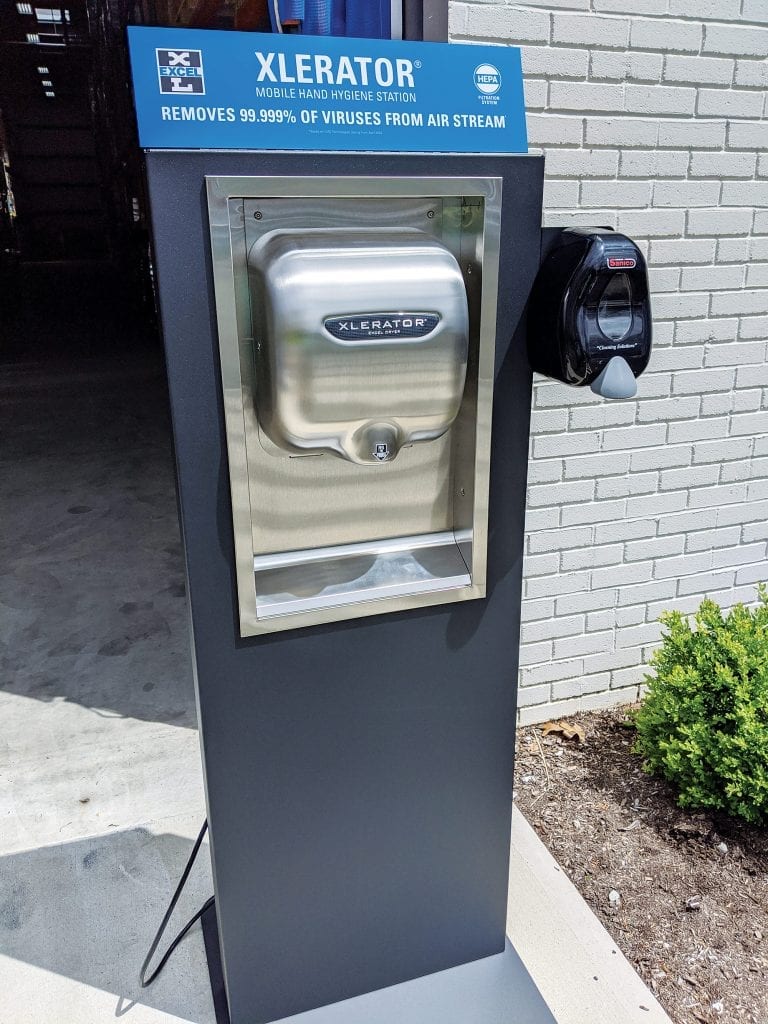

 Cybersecurity experts say there’s still plenty of misunderstanding when it comes to the reality of data threats. For example, it’s not just big companies being attacked — these days, everyone is a target, and data thieves are becoming more subtle and savvy with their methods. That means companies need to be more vigilant — but it also means career opportunities abound in a field that desperately needs more young talent.
Cybersecurity experts say there’s still plenty of misunderstanding when it comes to the reality of data threats. For example, it’s not just big companies being attacked — these days, everyone is a target, and data thieves are becoming more subtle and savvy with their methods. That means companies need to be more vigilant — but it also means career opportunities abound in a field that desperately needs more young talent.




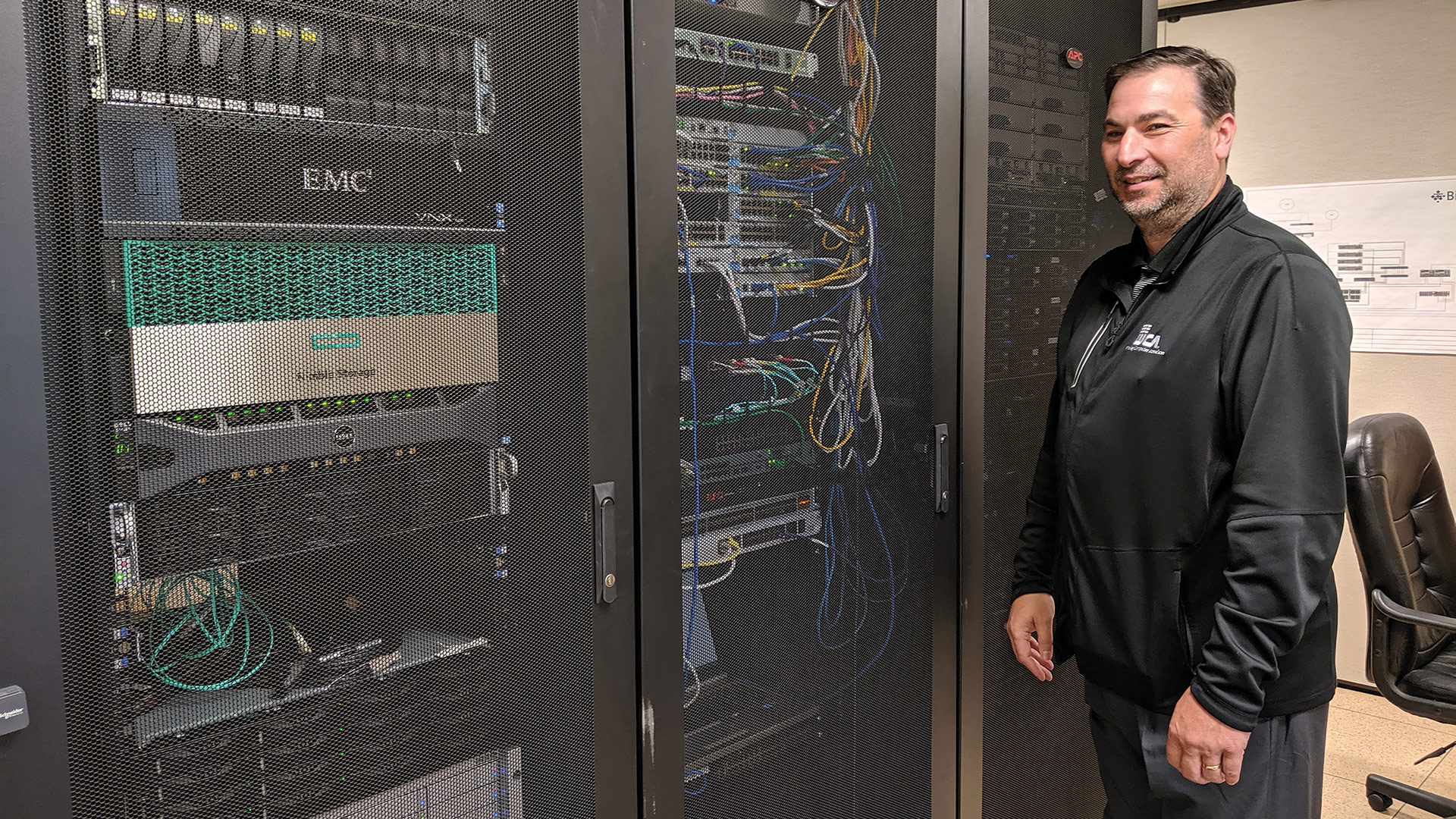


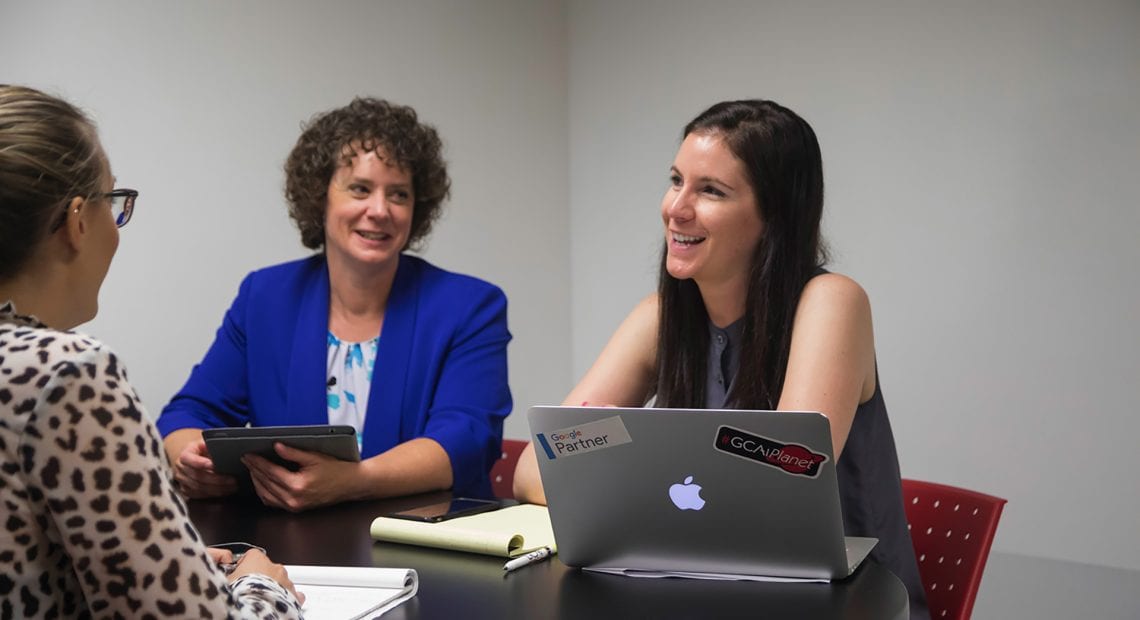
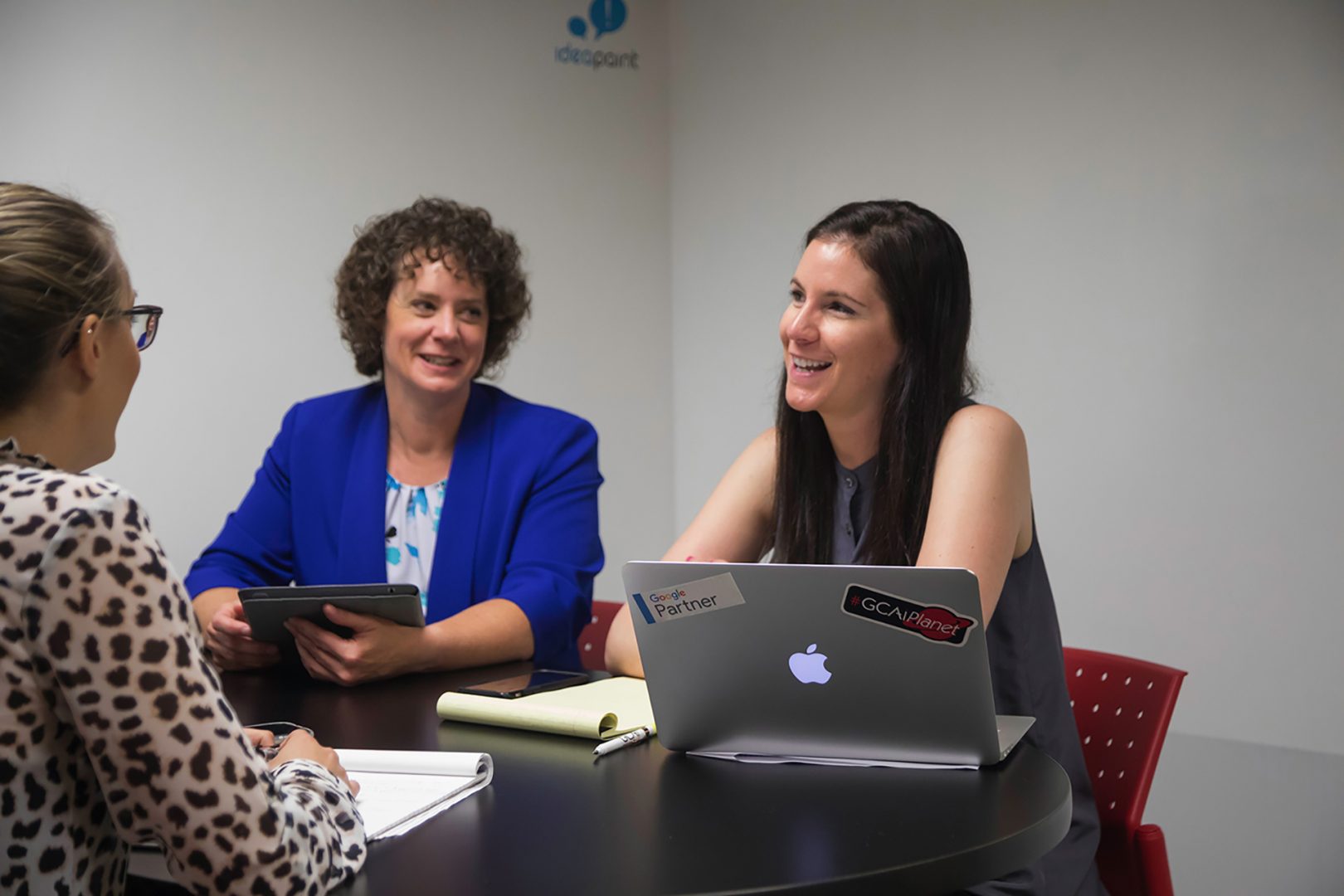 Many people assume that working from home is less productive than spending time in the office. However, the opposite is oftentimes true. This is especially true now that technology allows for quick and easy communication between home and office, giving employees, especially moms, the ability to work efficiently from home while maintaining a healthy work-life balance.
Many people assume that working from home is less productive than spending time in the office. However, the opposite is oftentimes true. This is especially true now that technology allows for quick and easy communication between home and office, giving employees, especially moms, the ability to work efficiently from home while maintaining a healthy work-life balance.




 When the
When the 